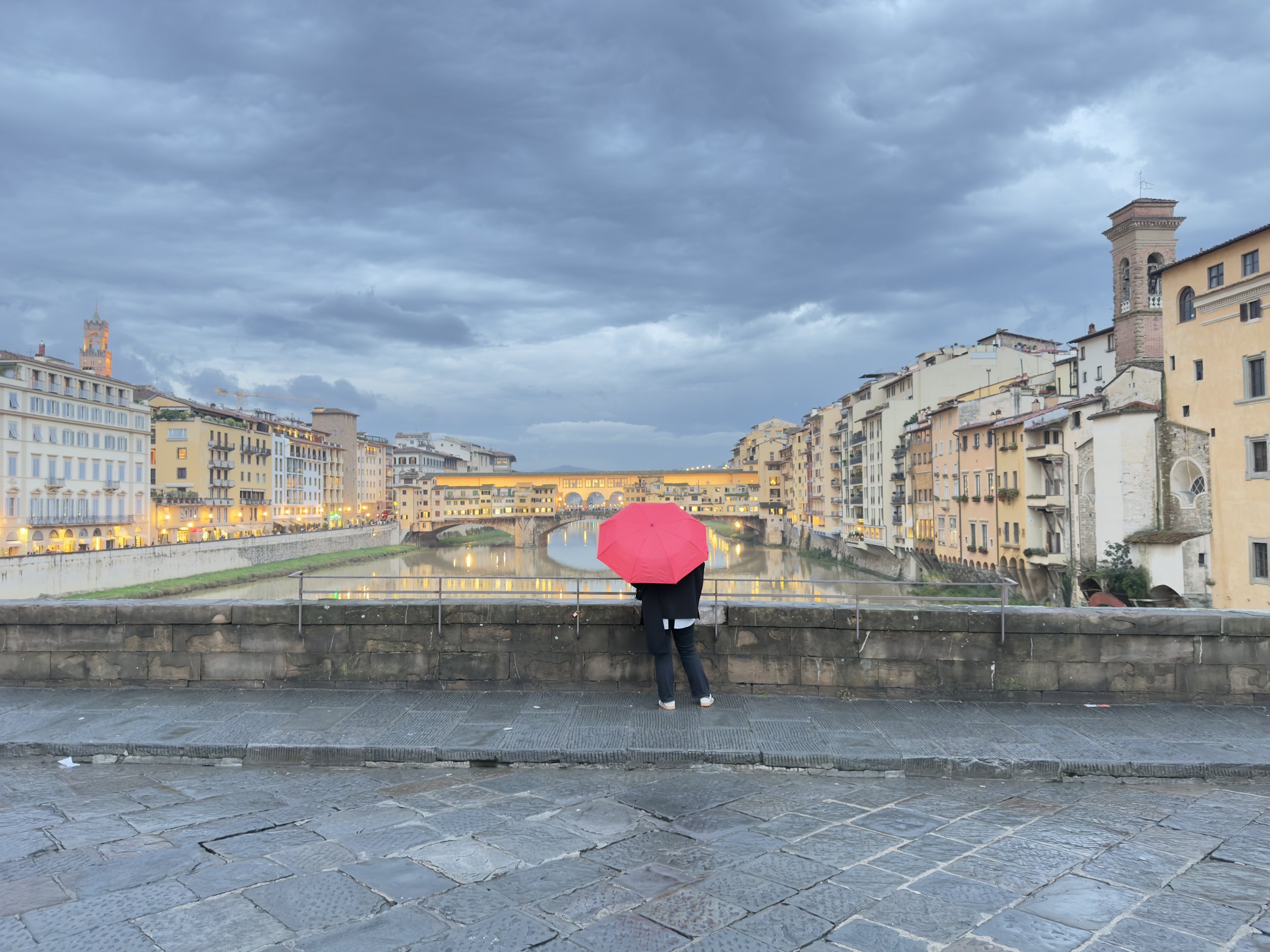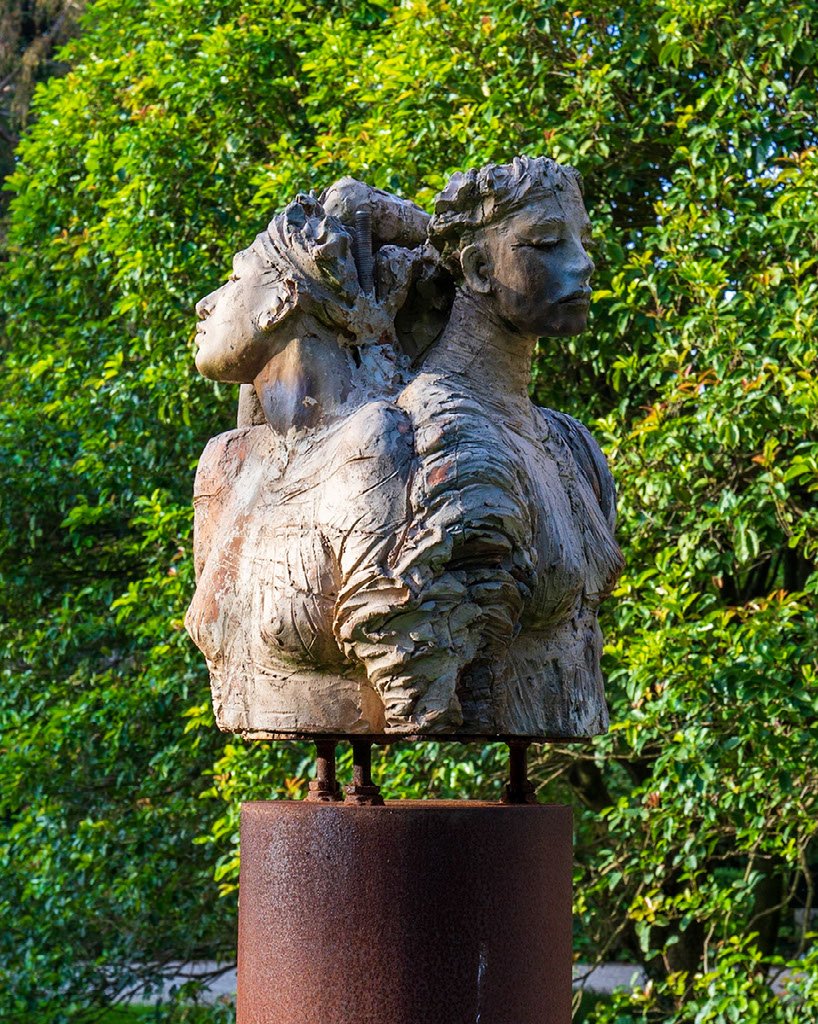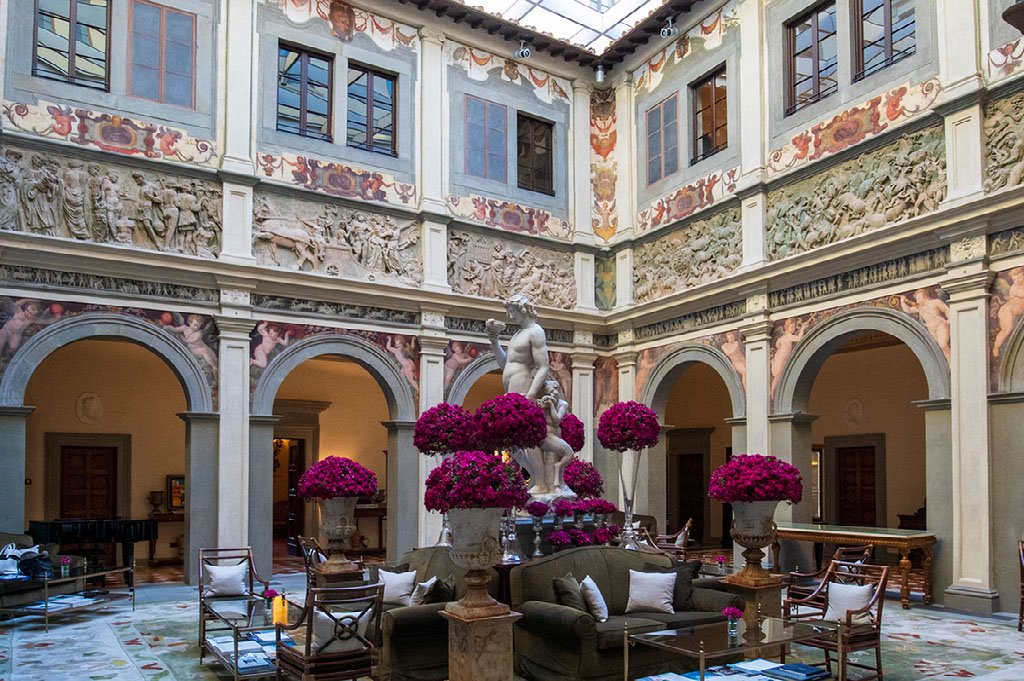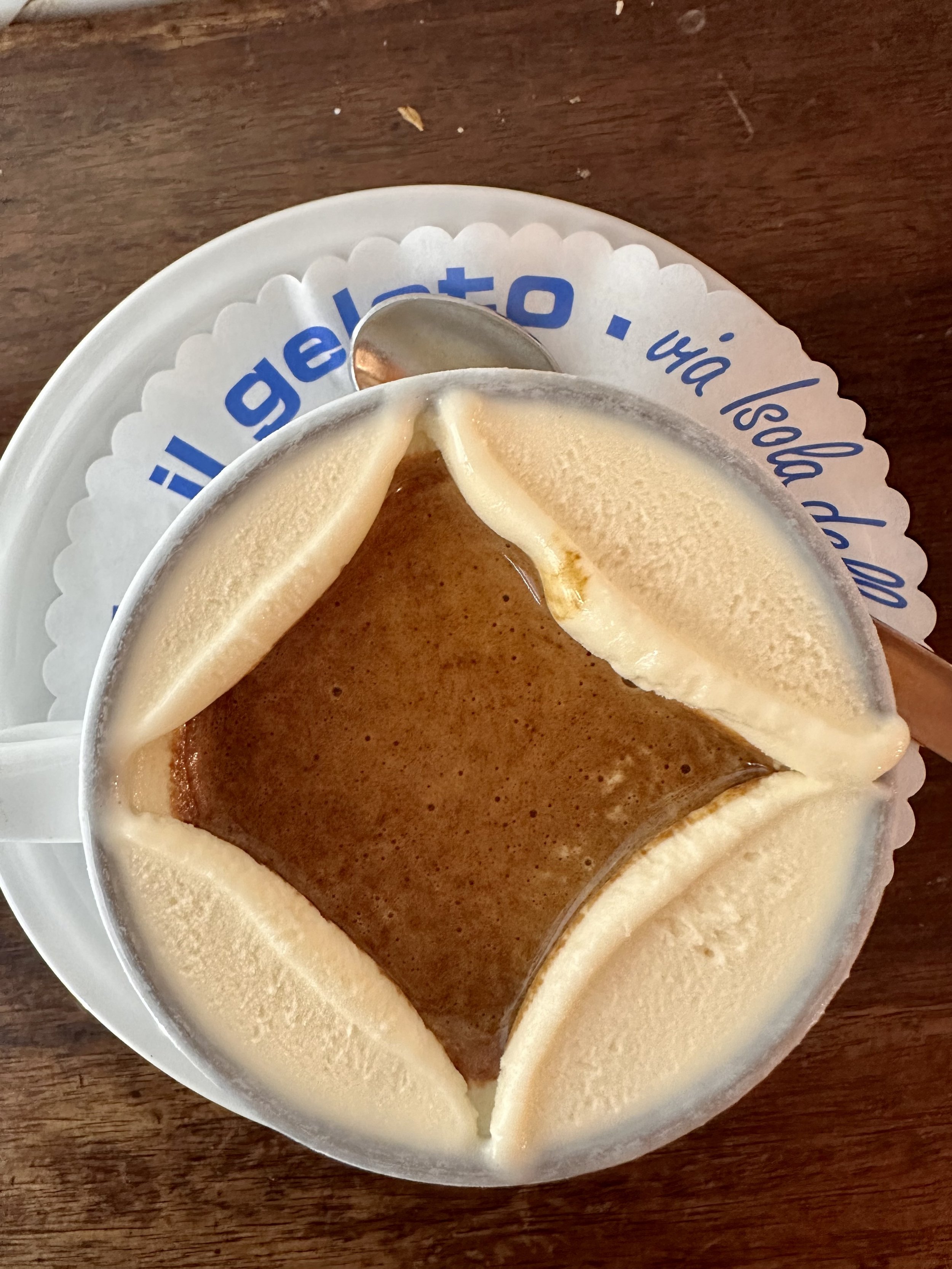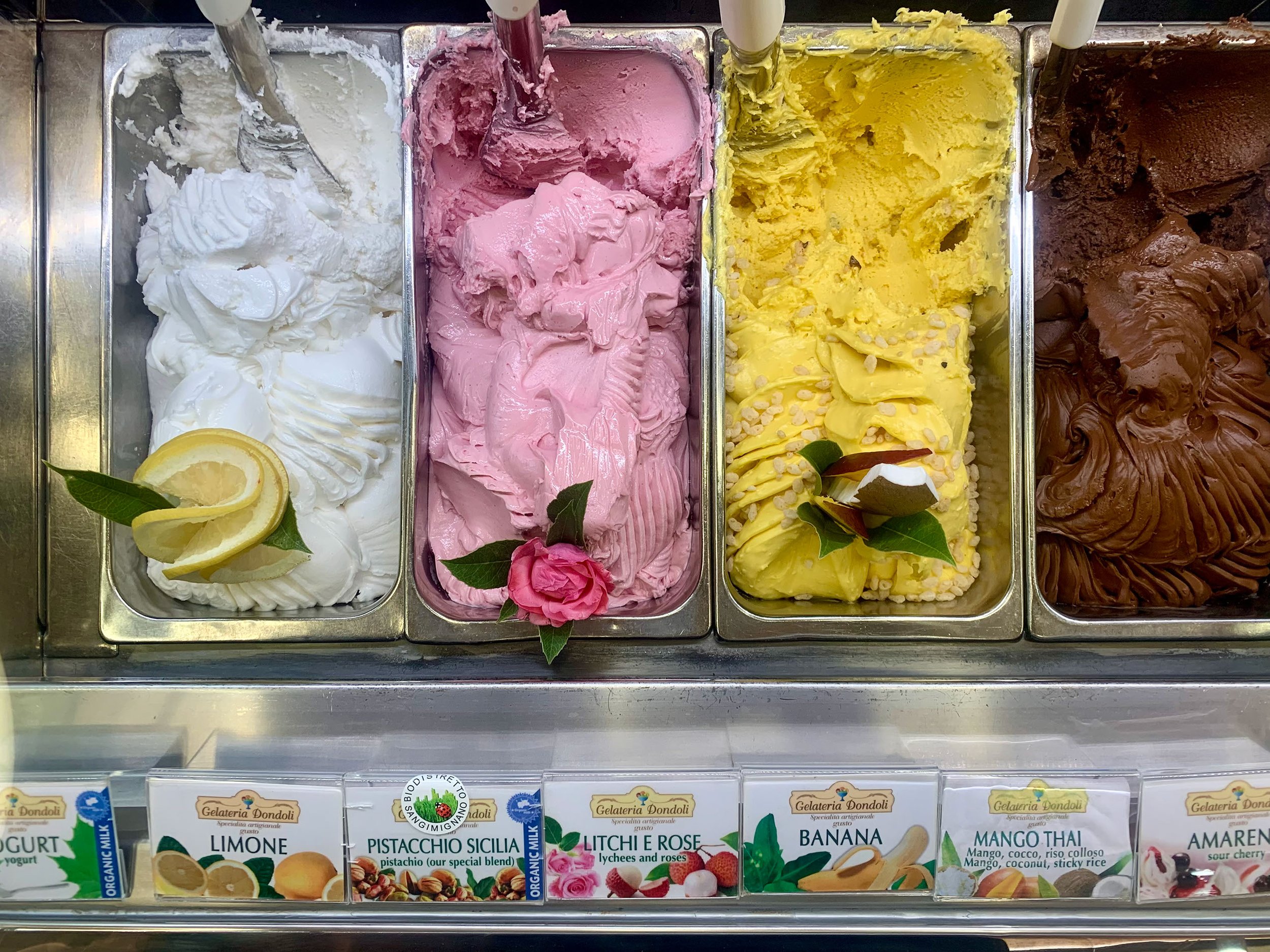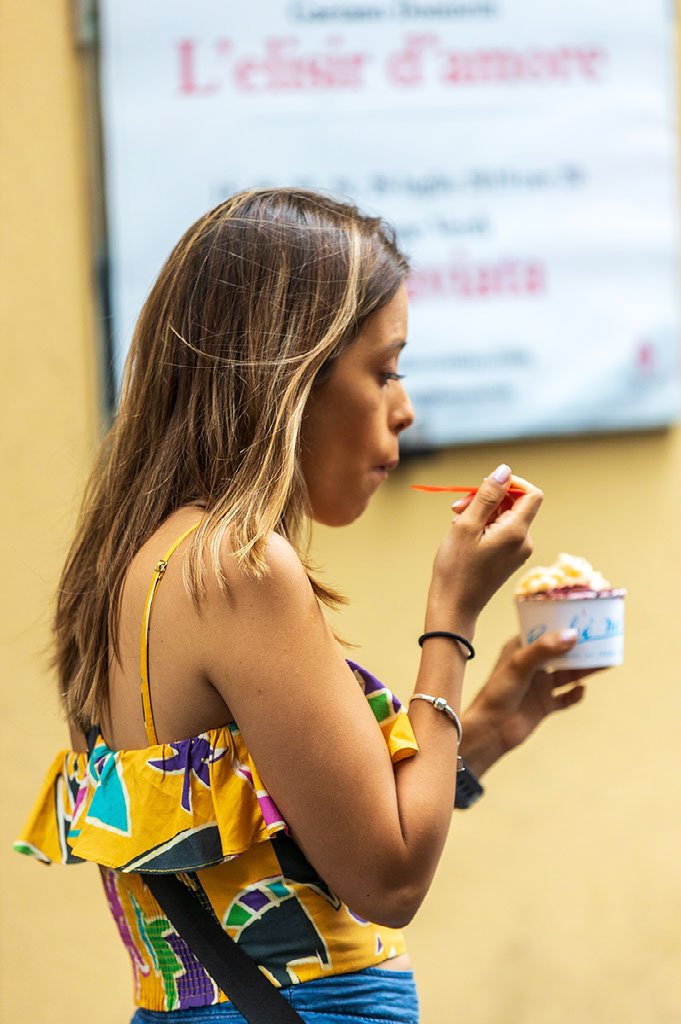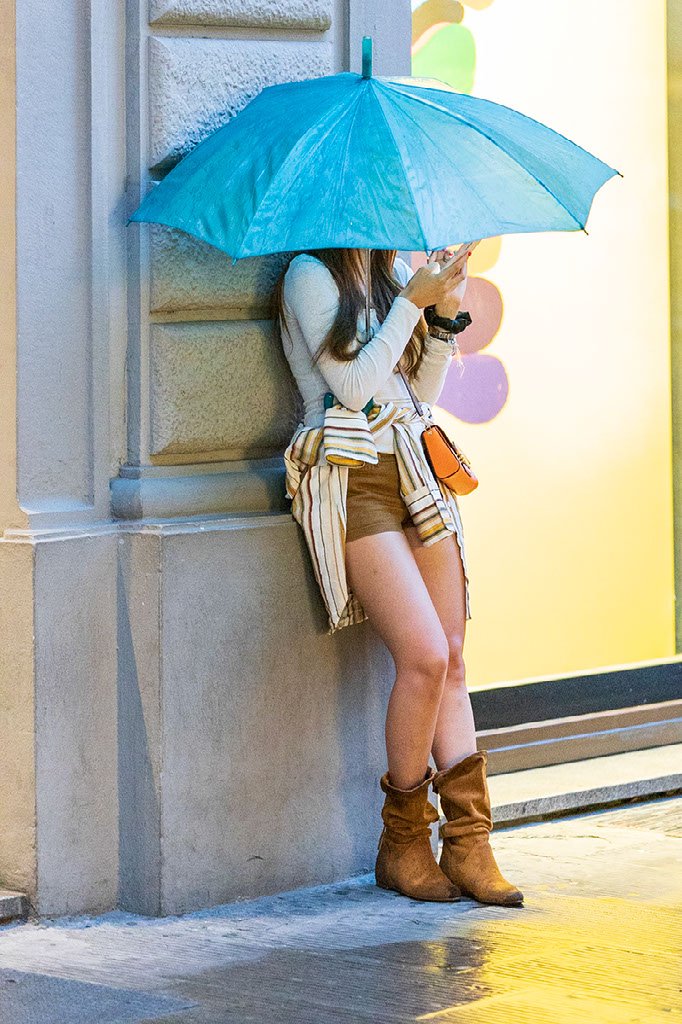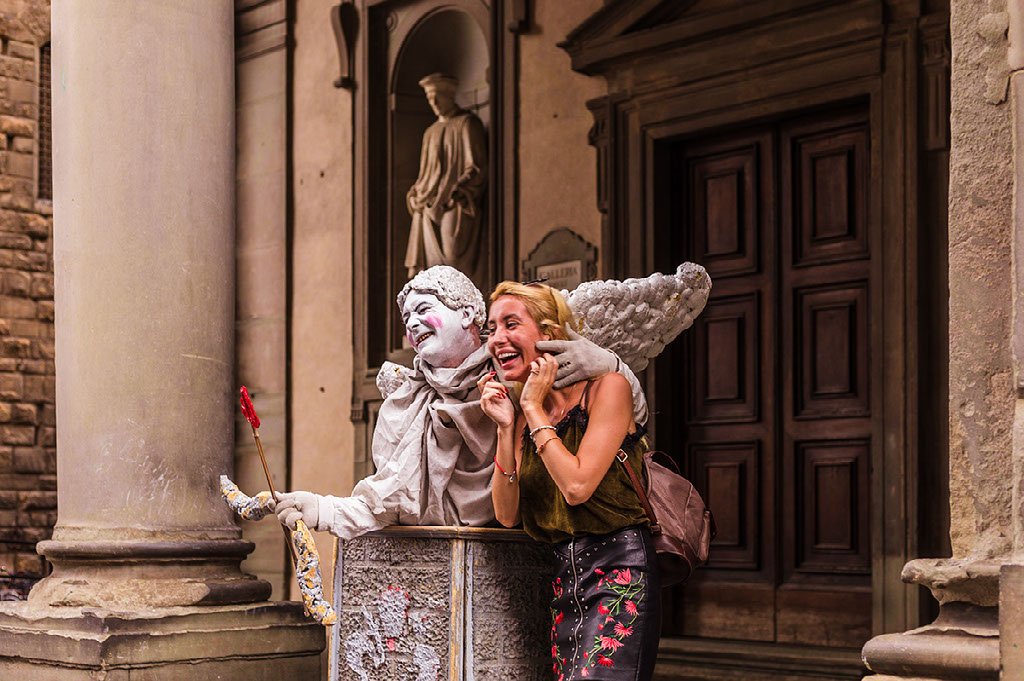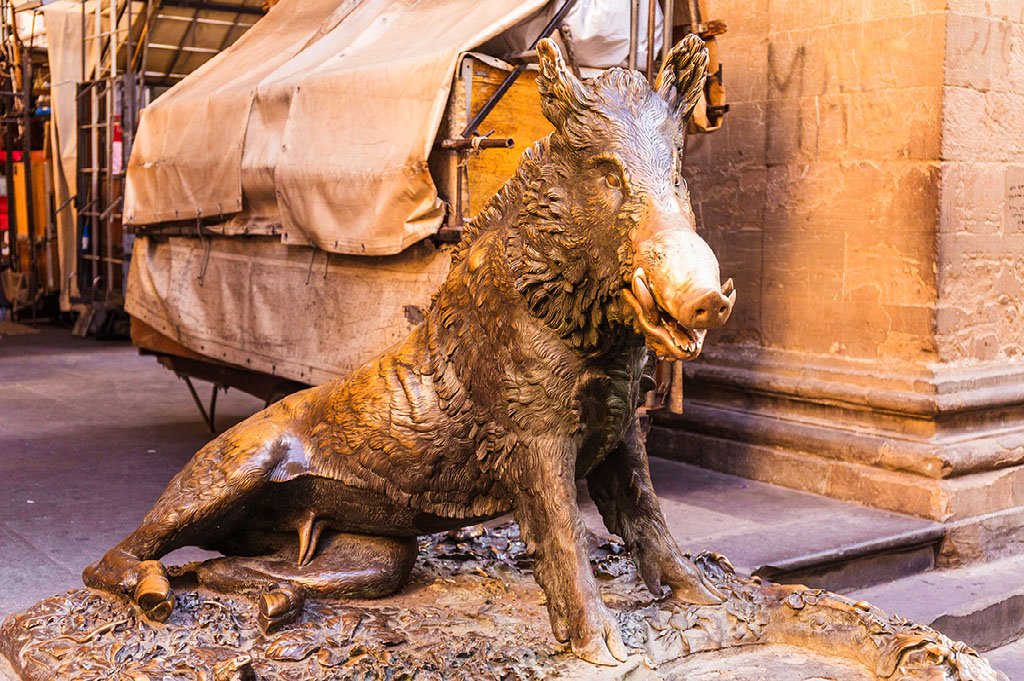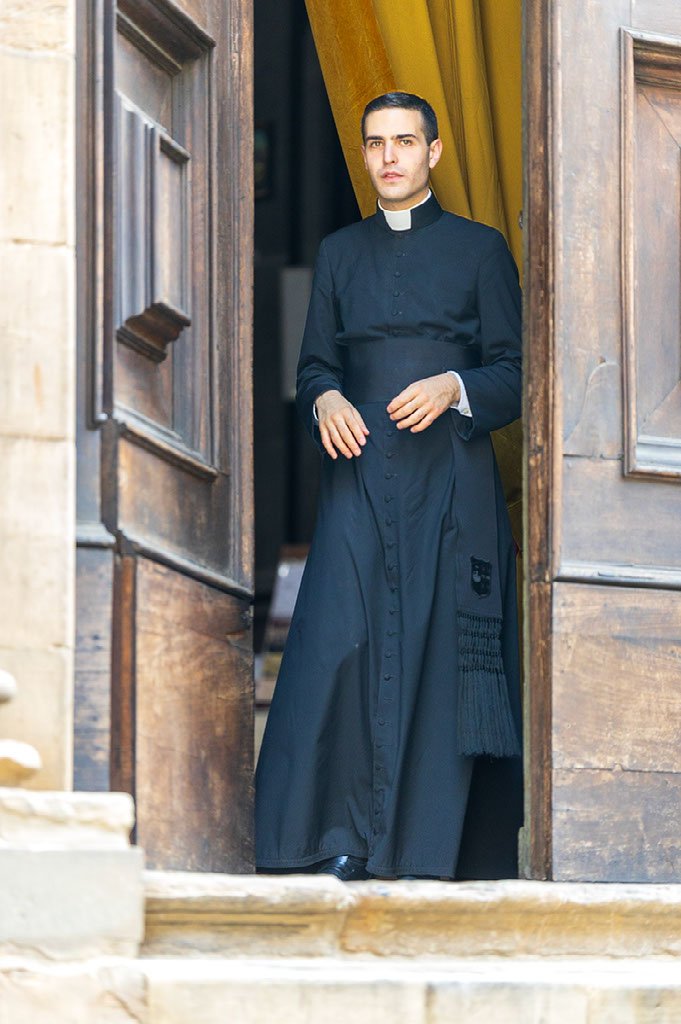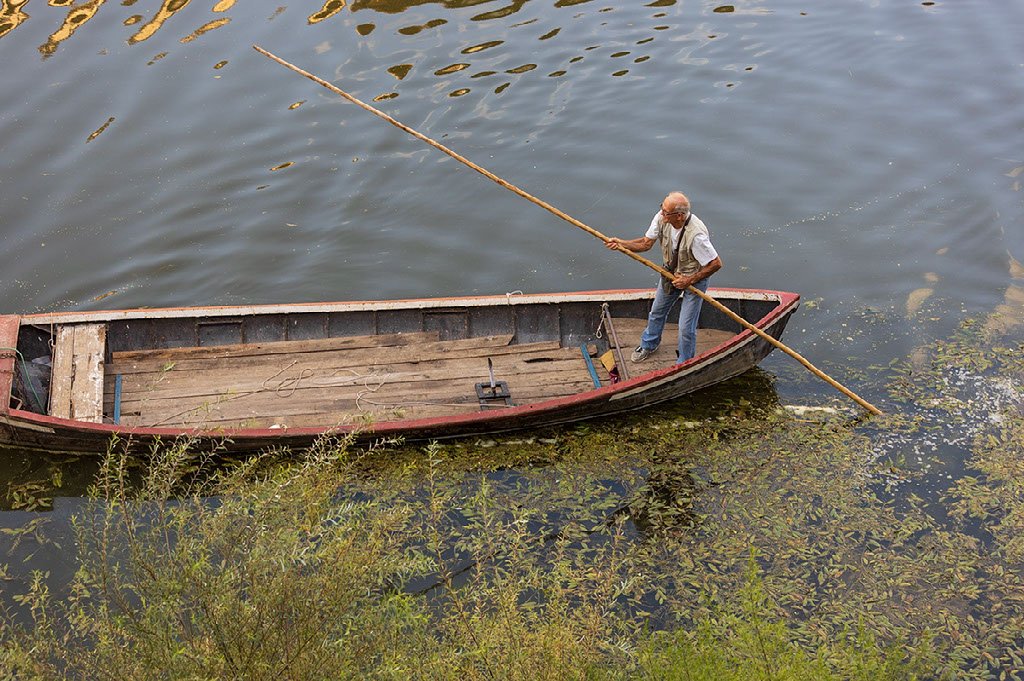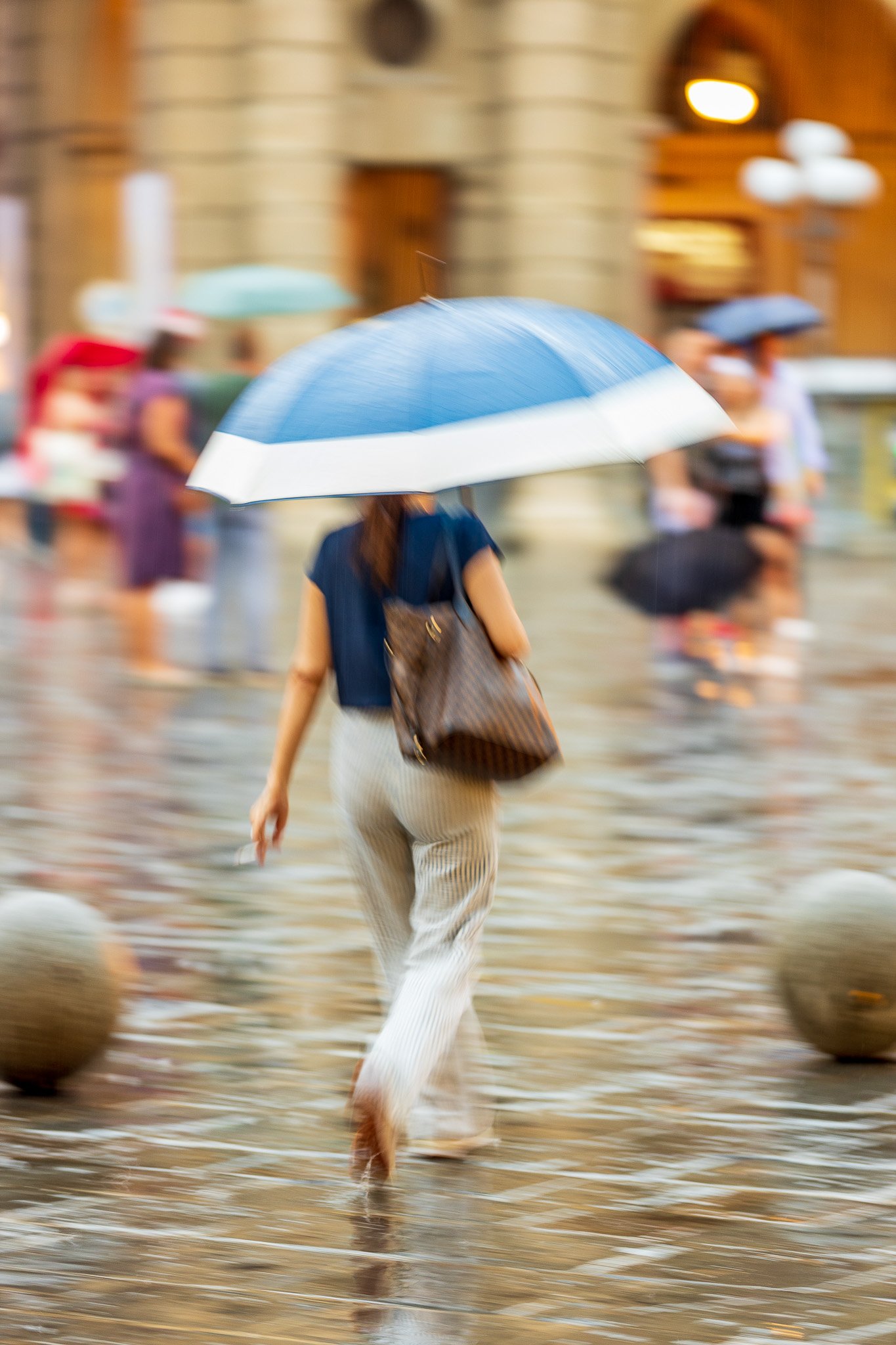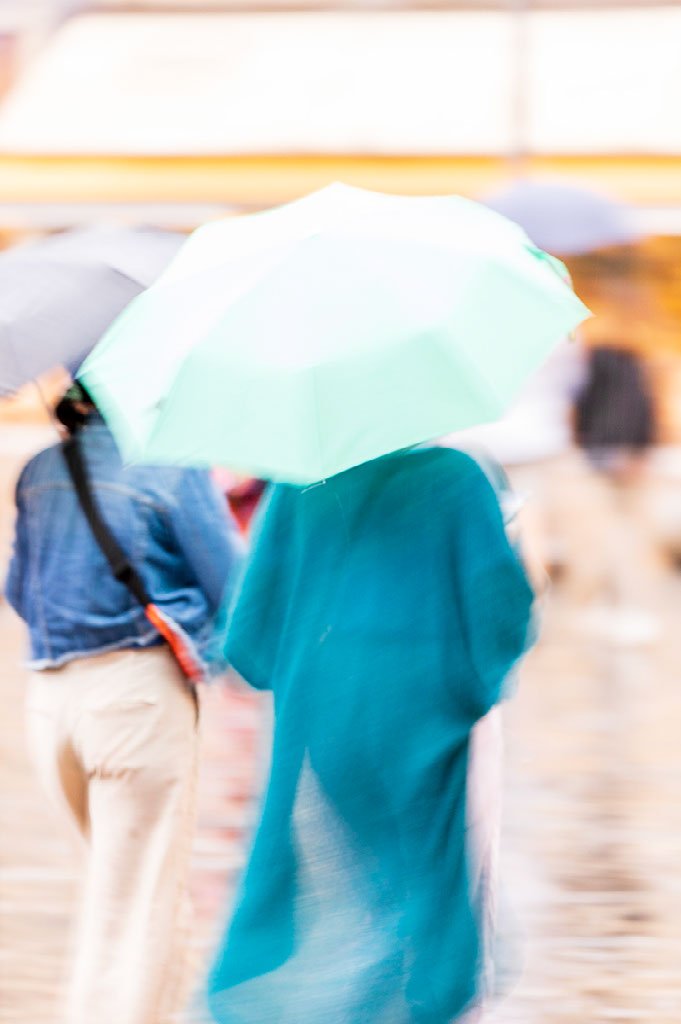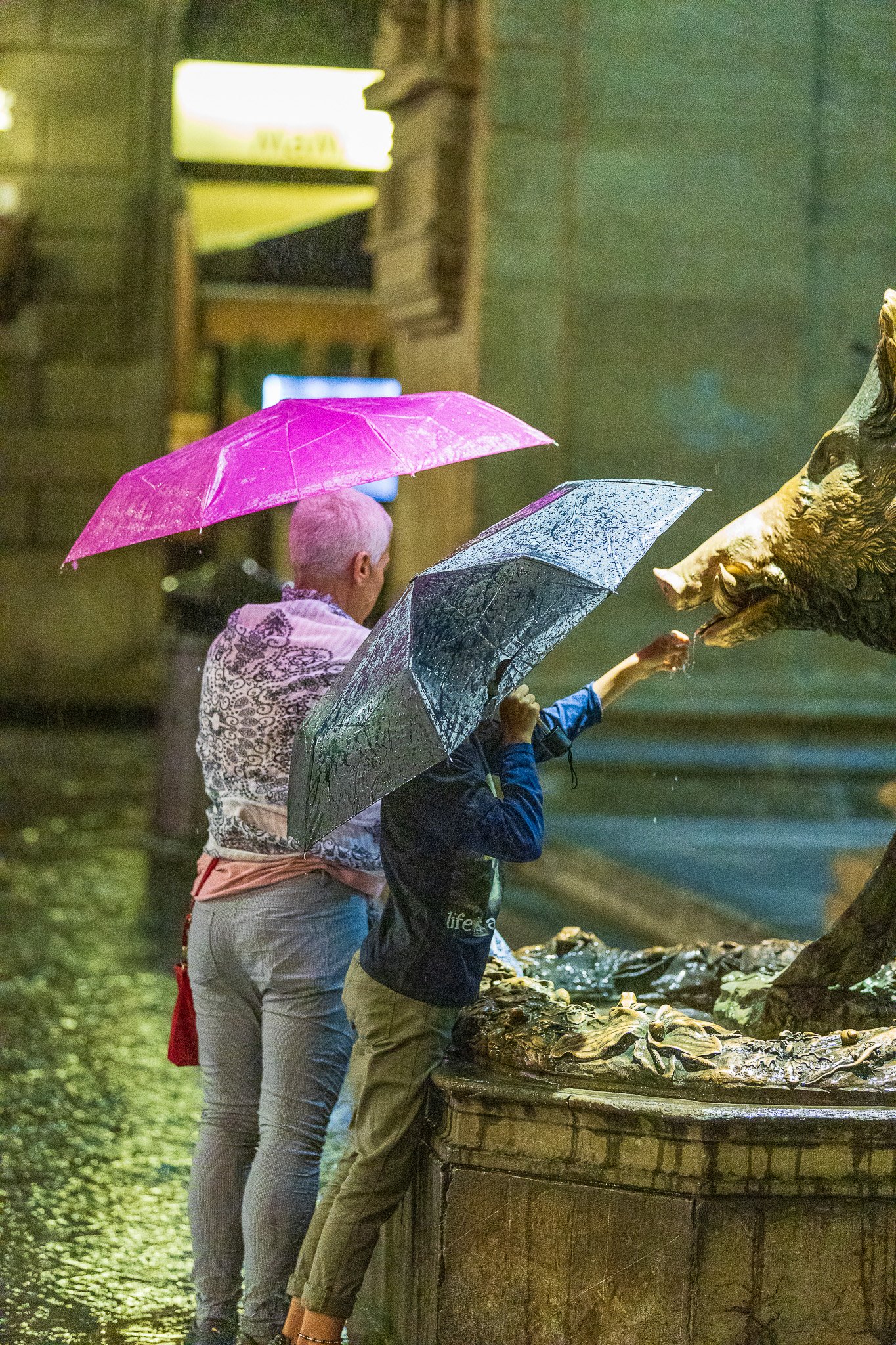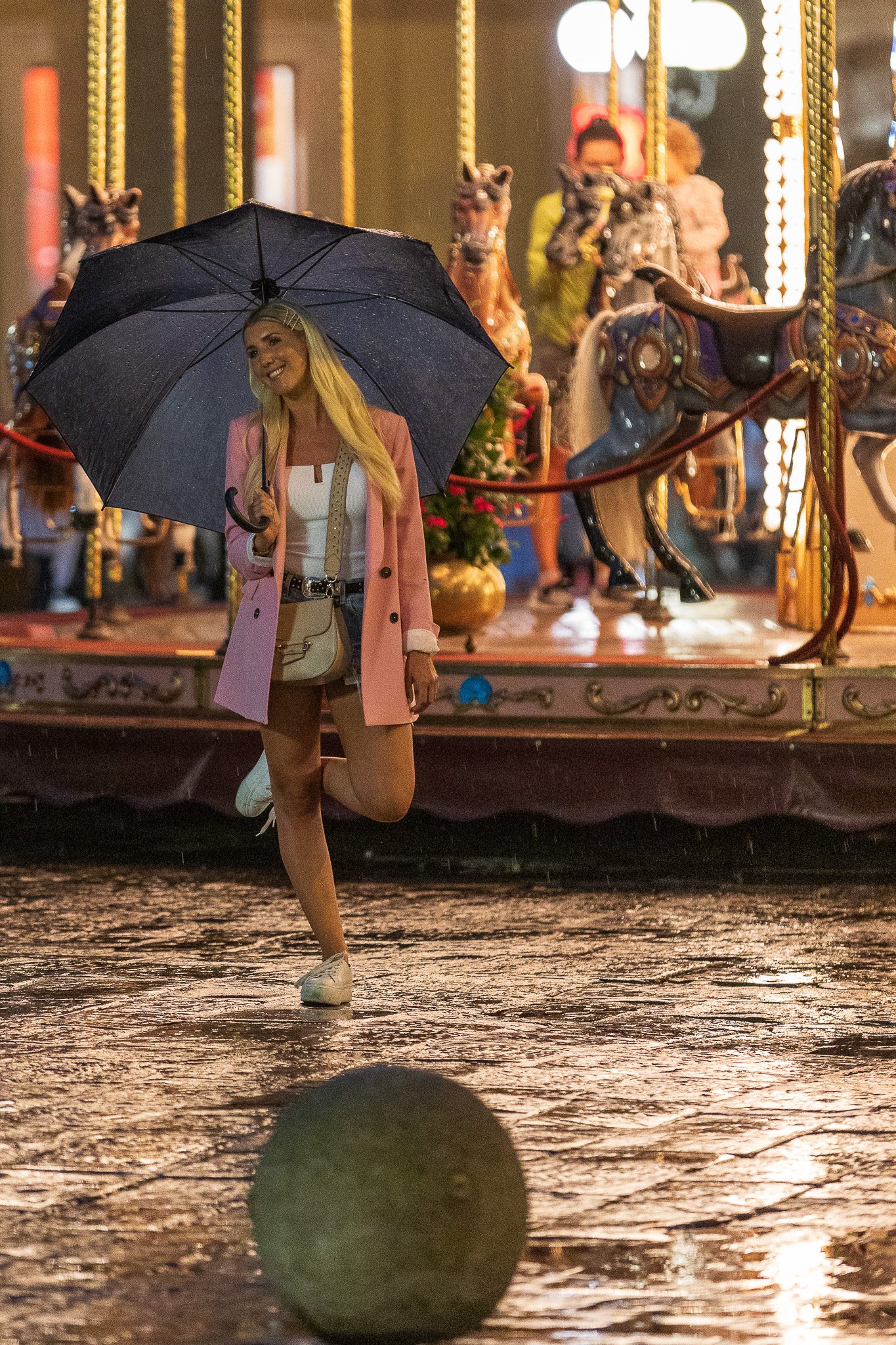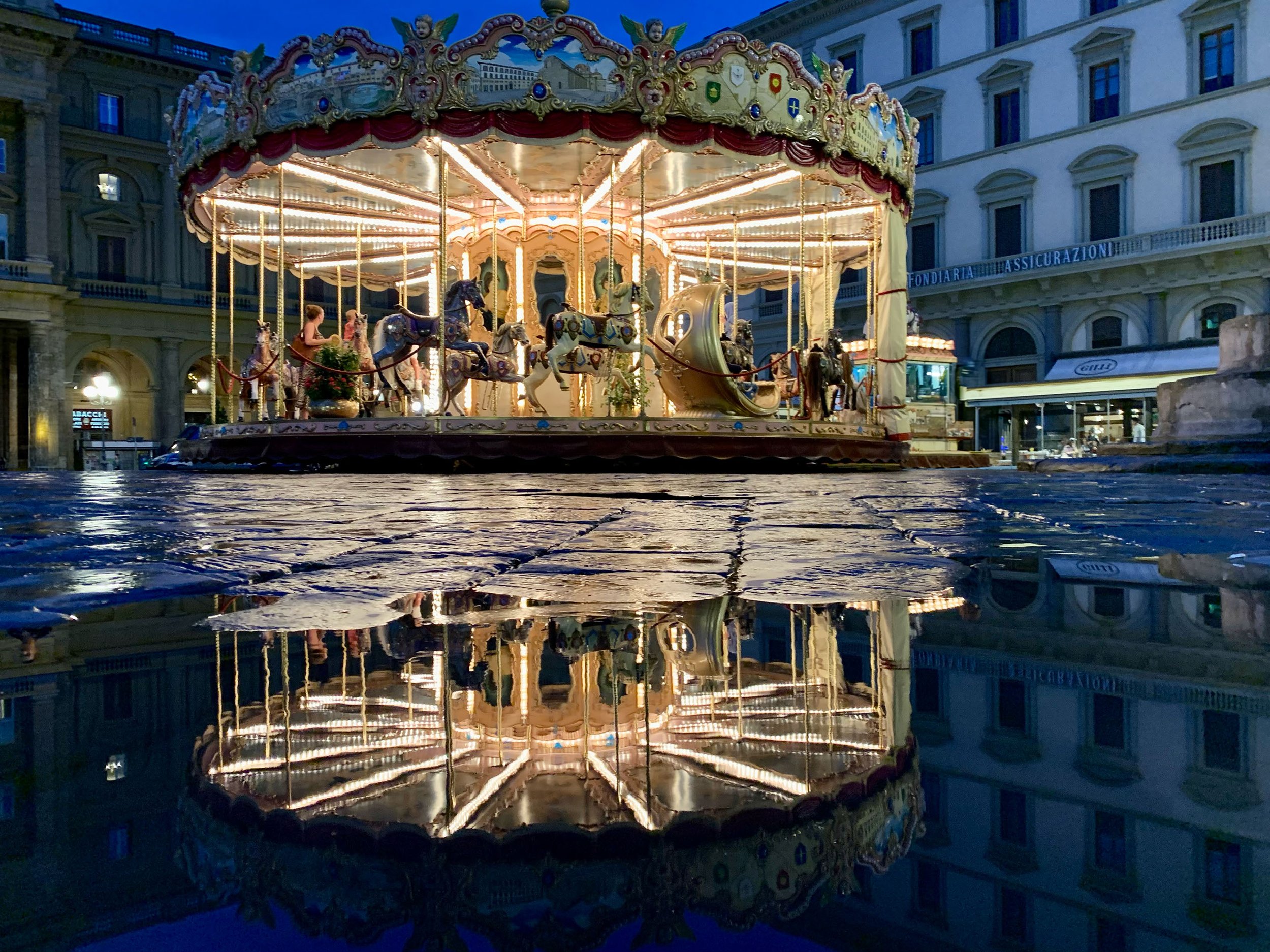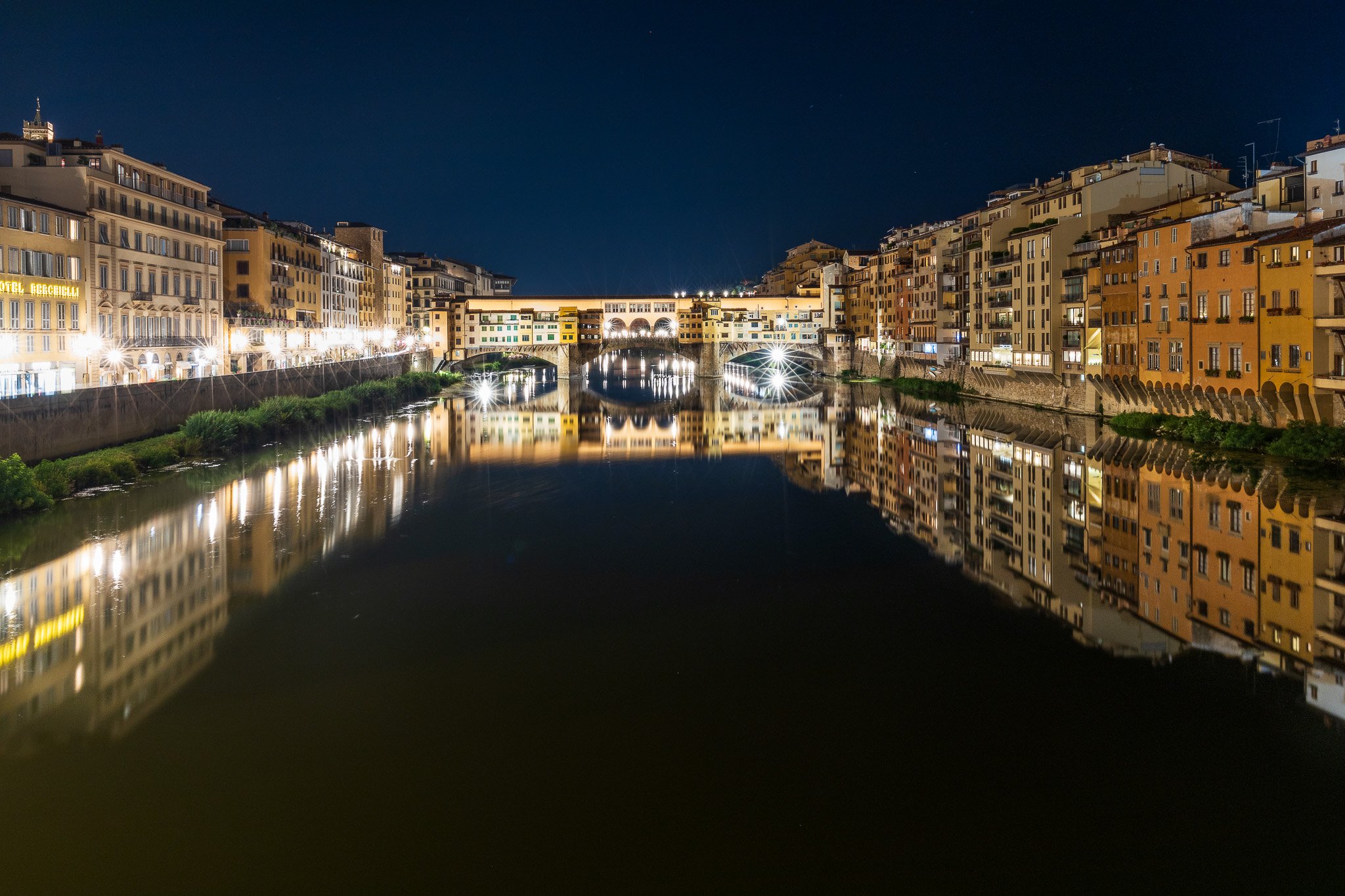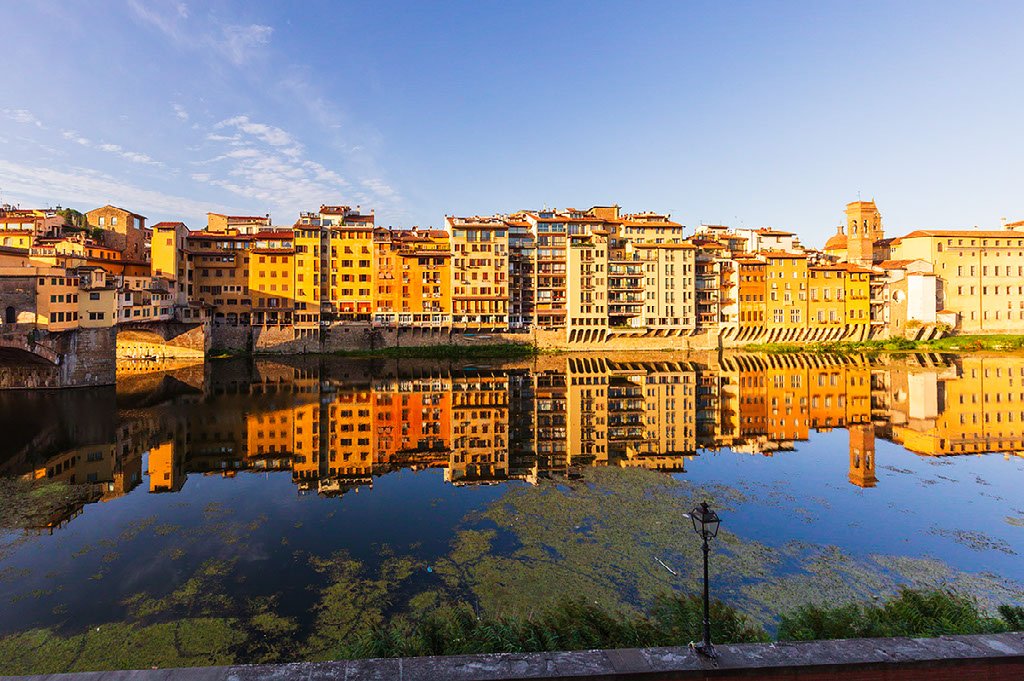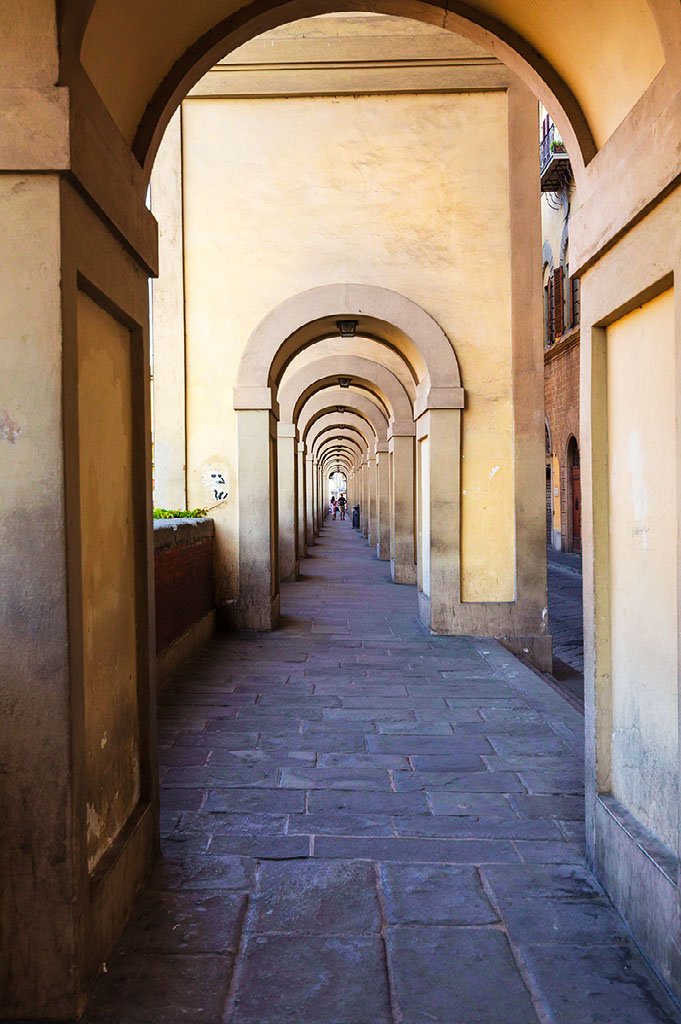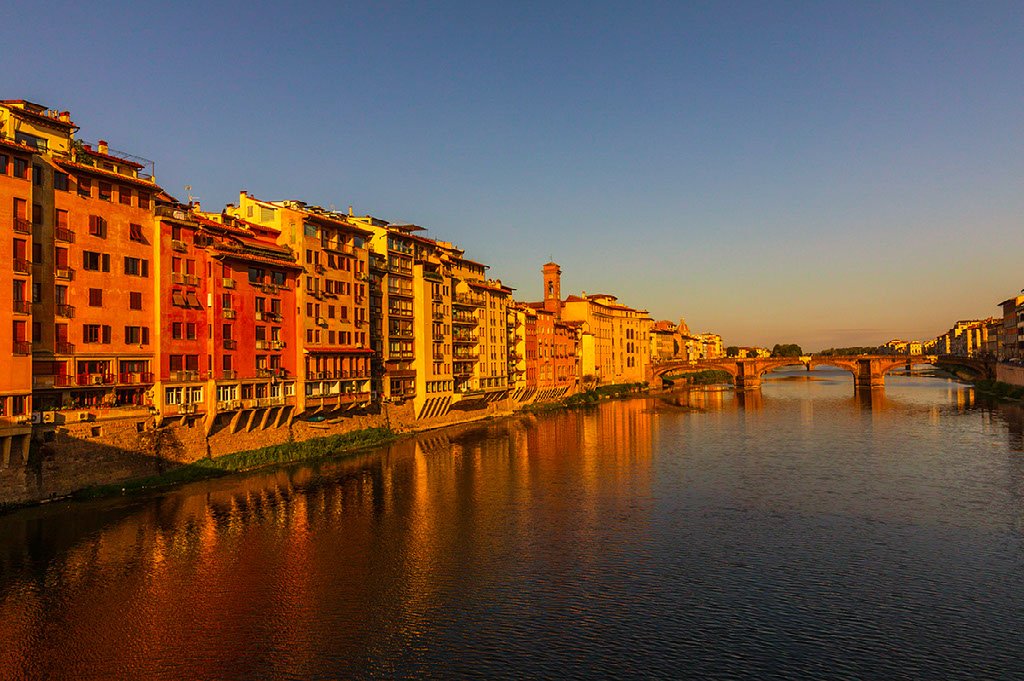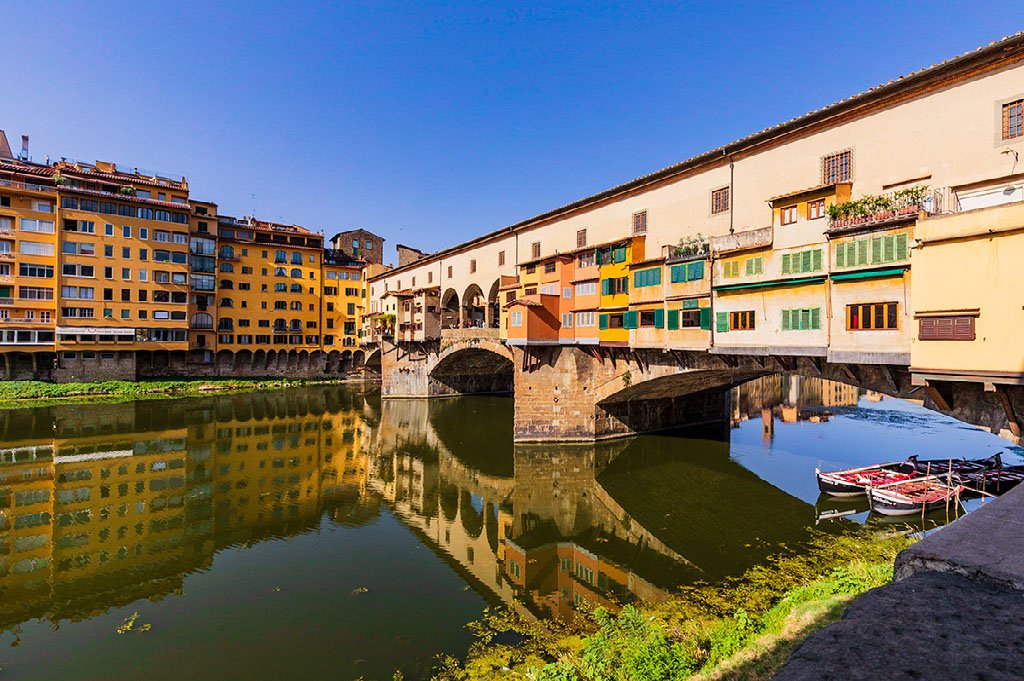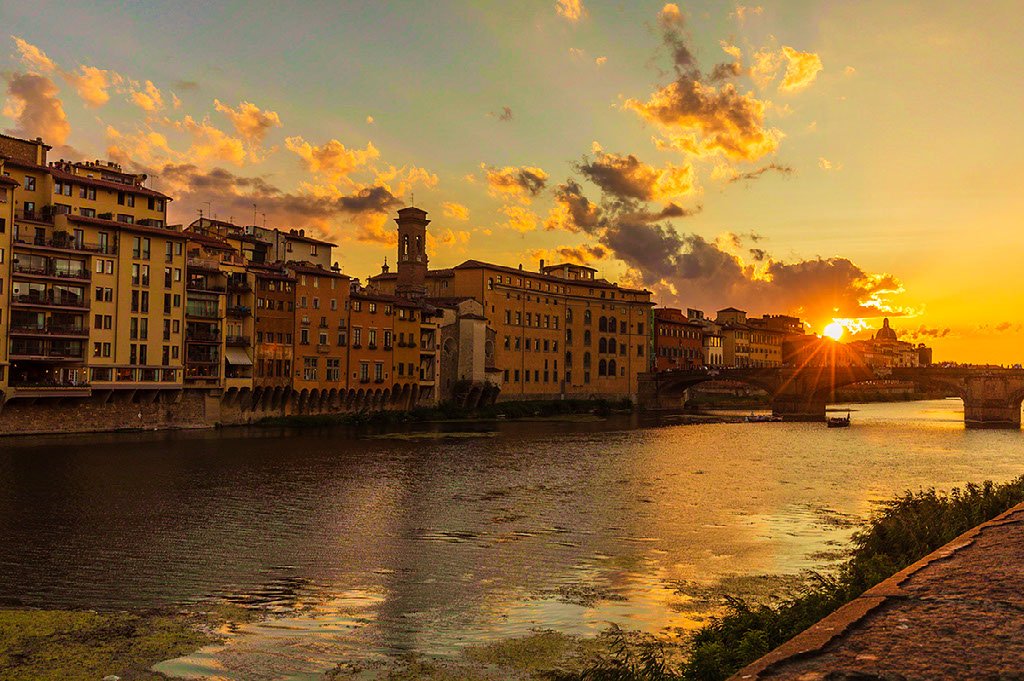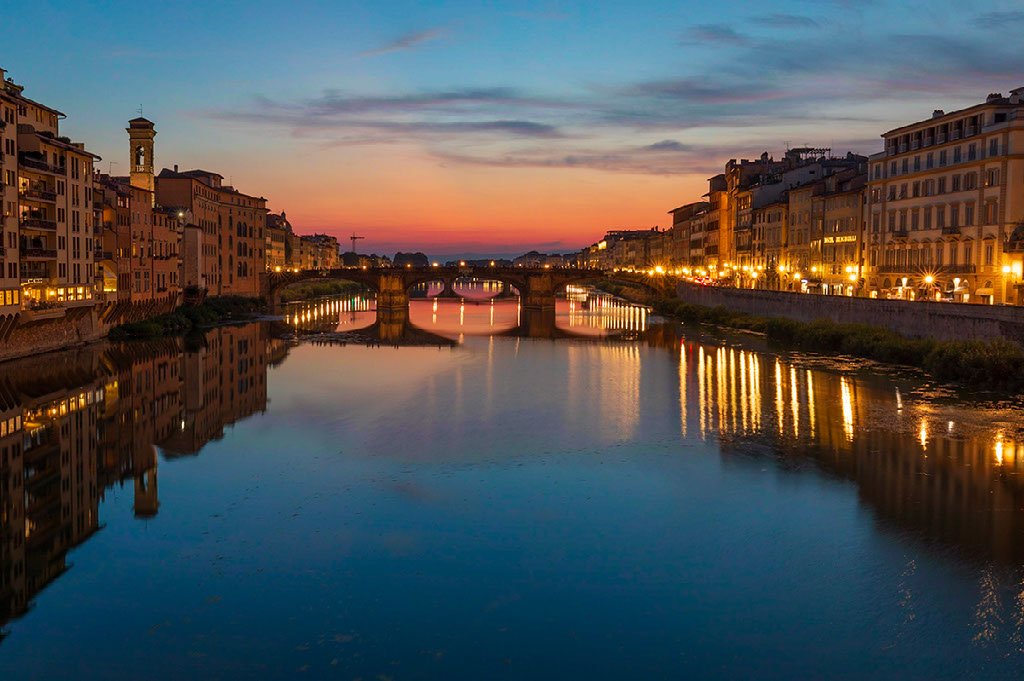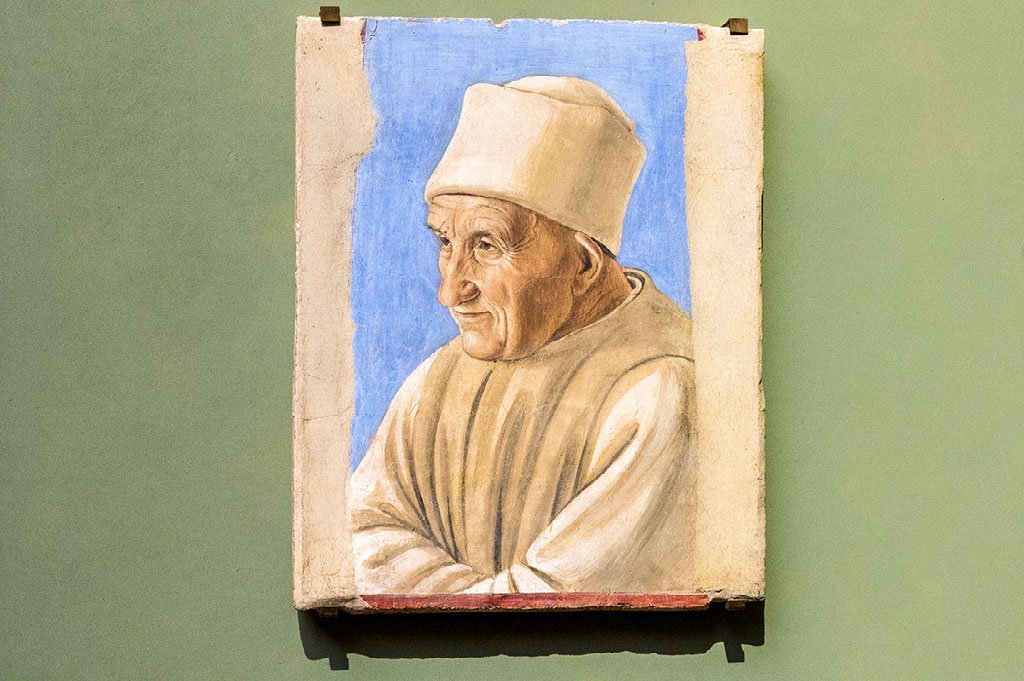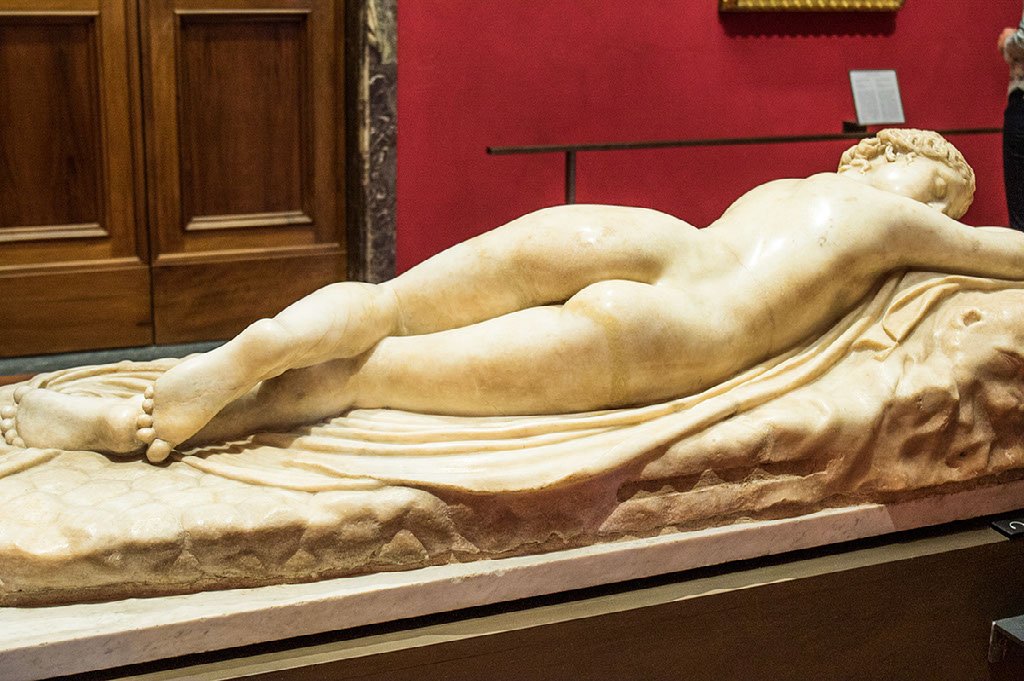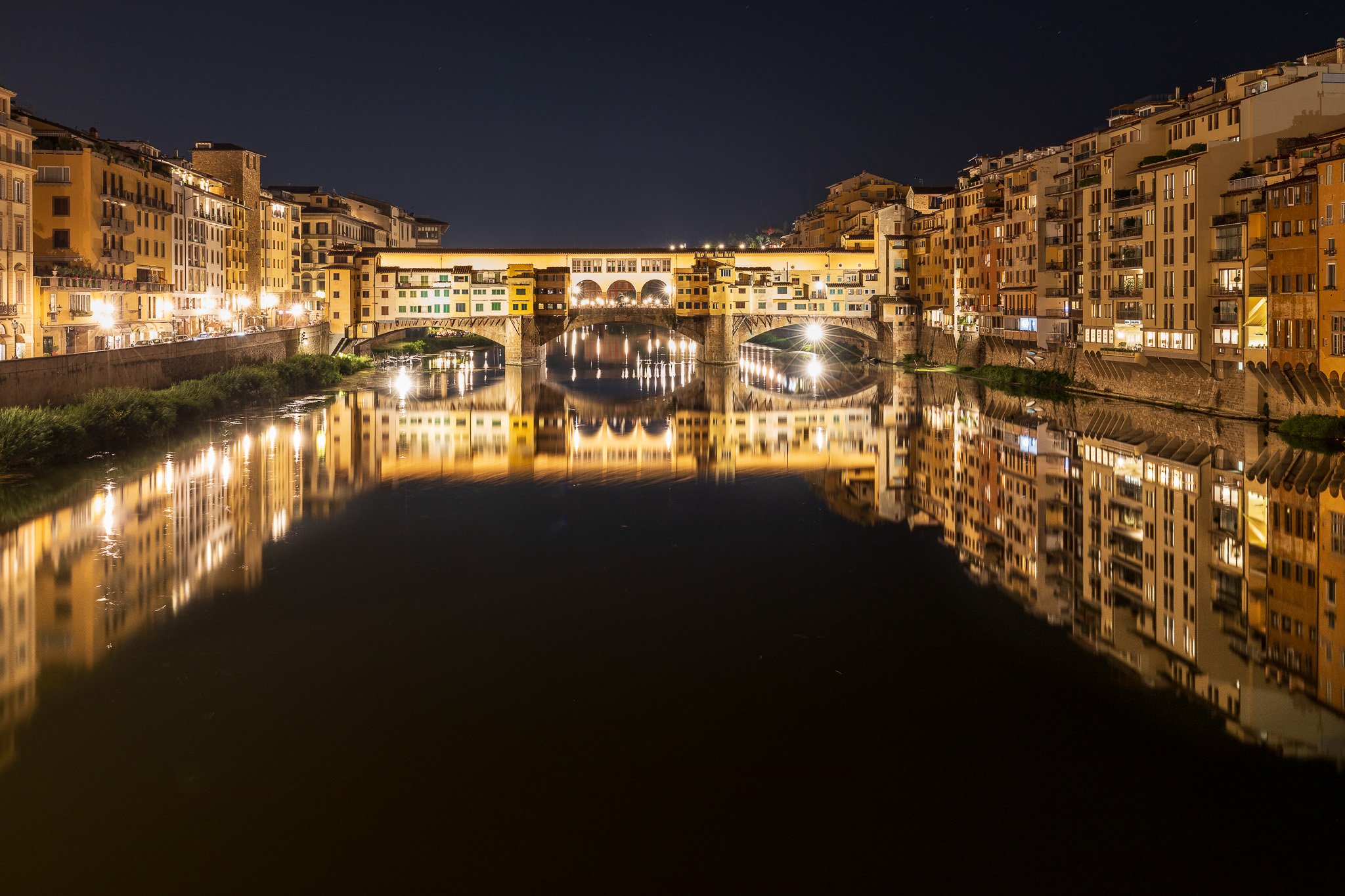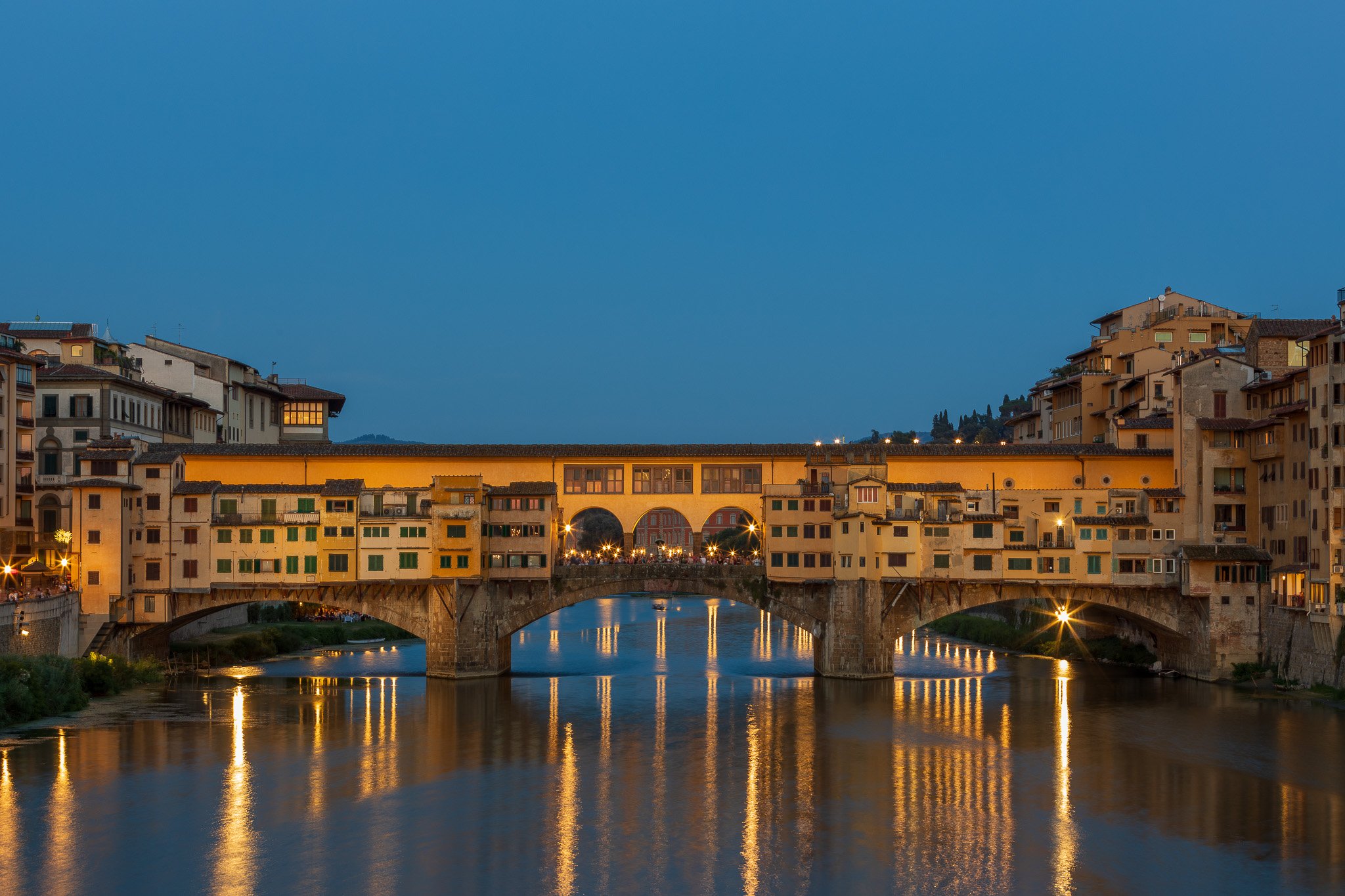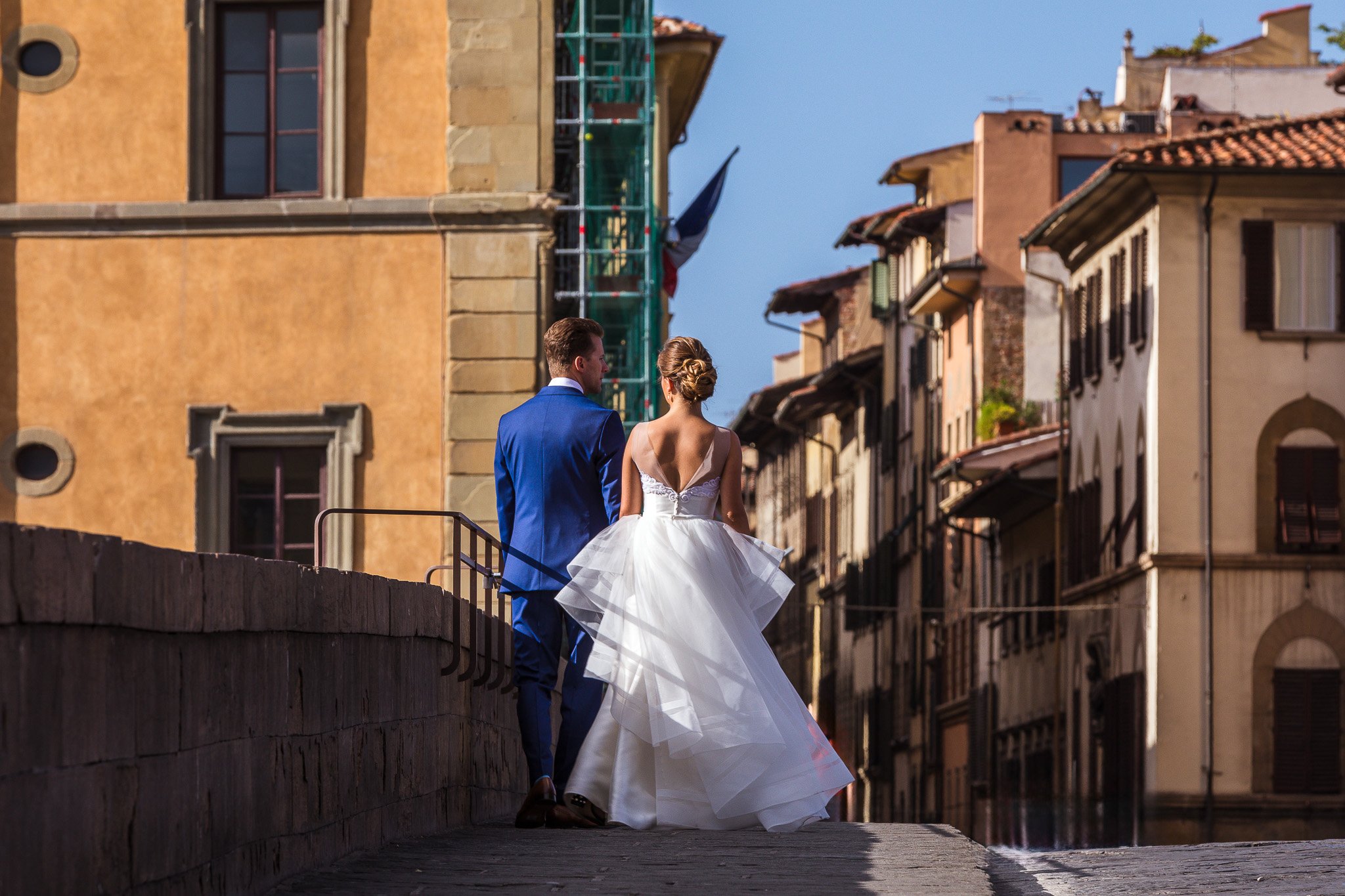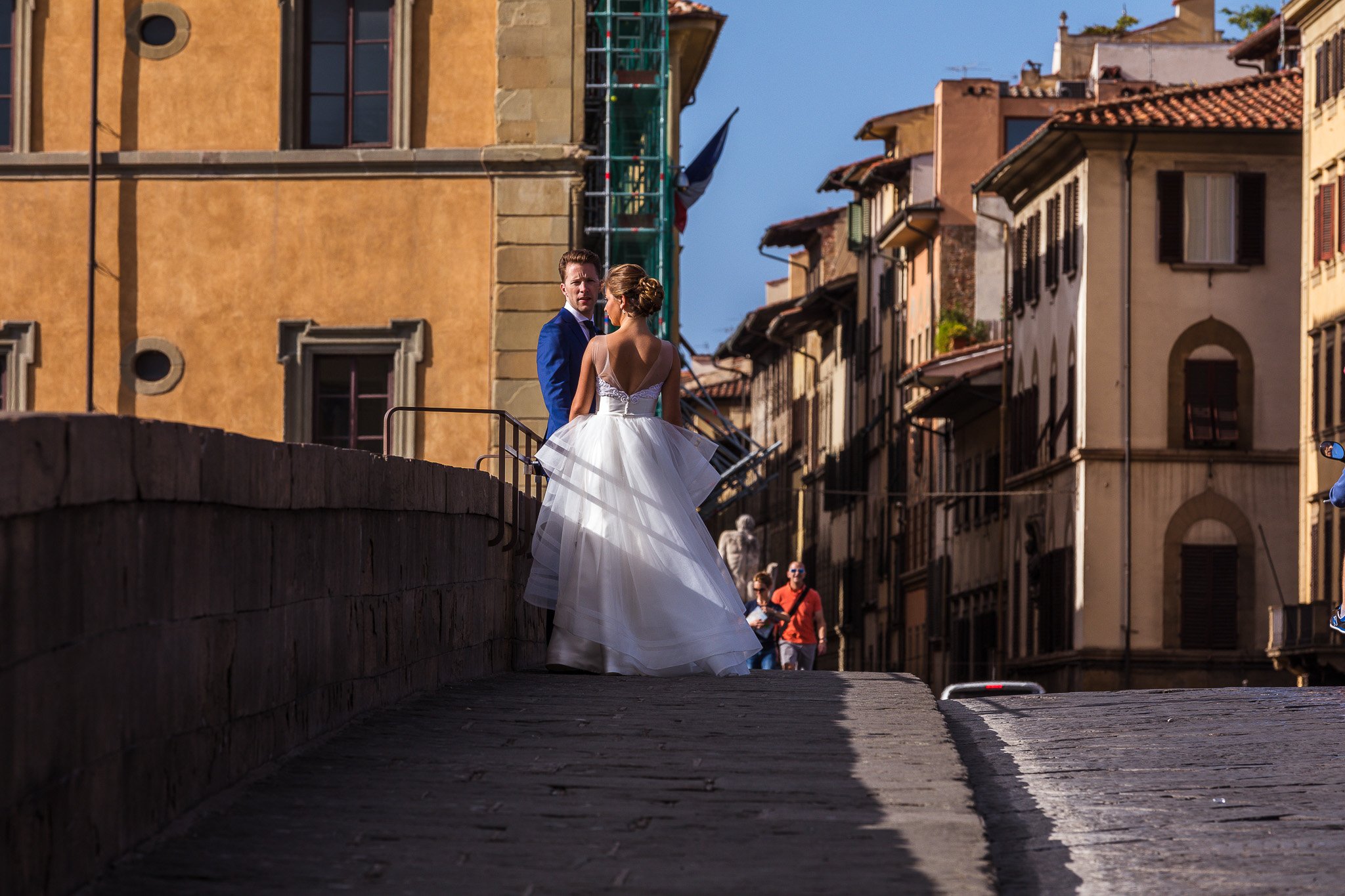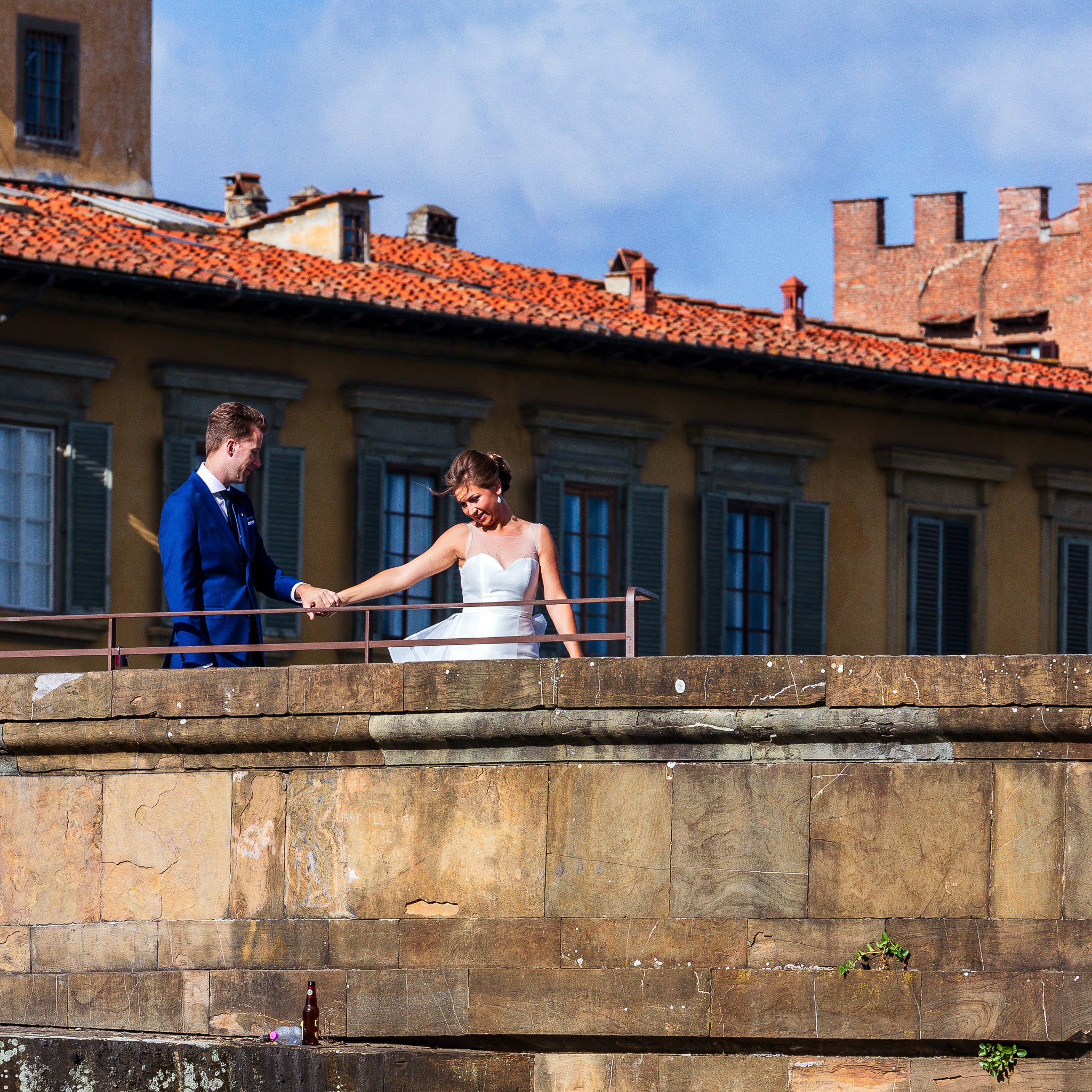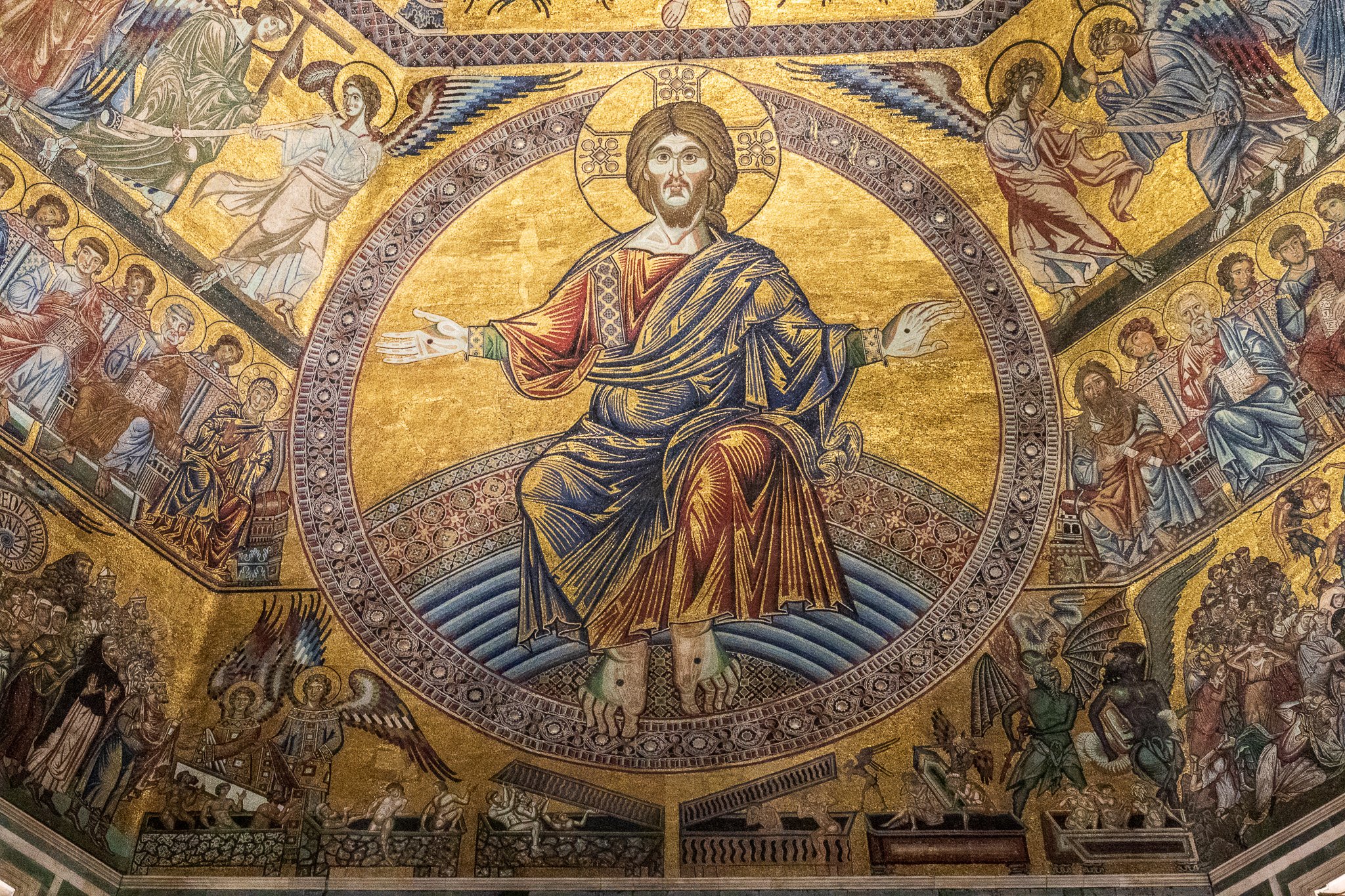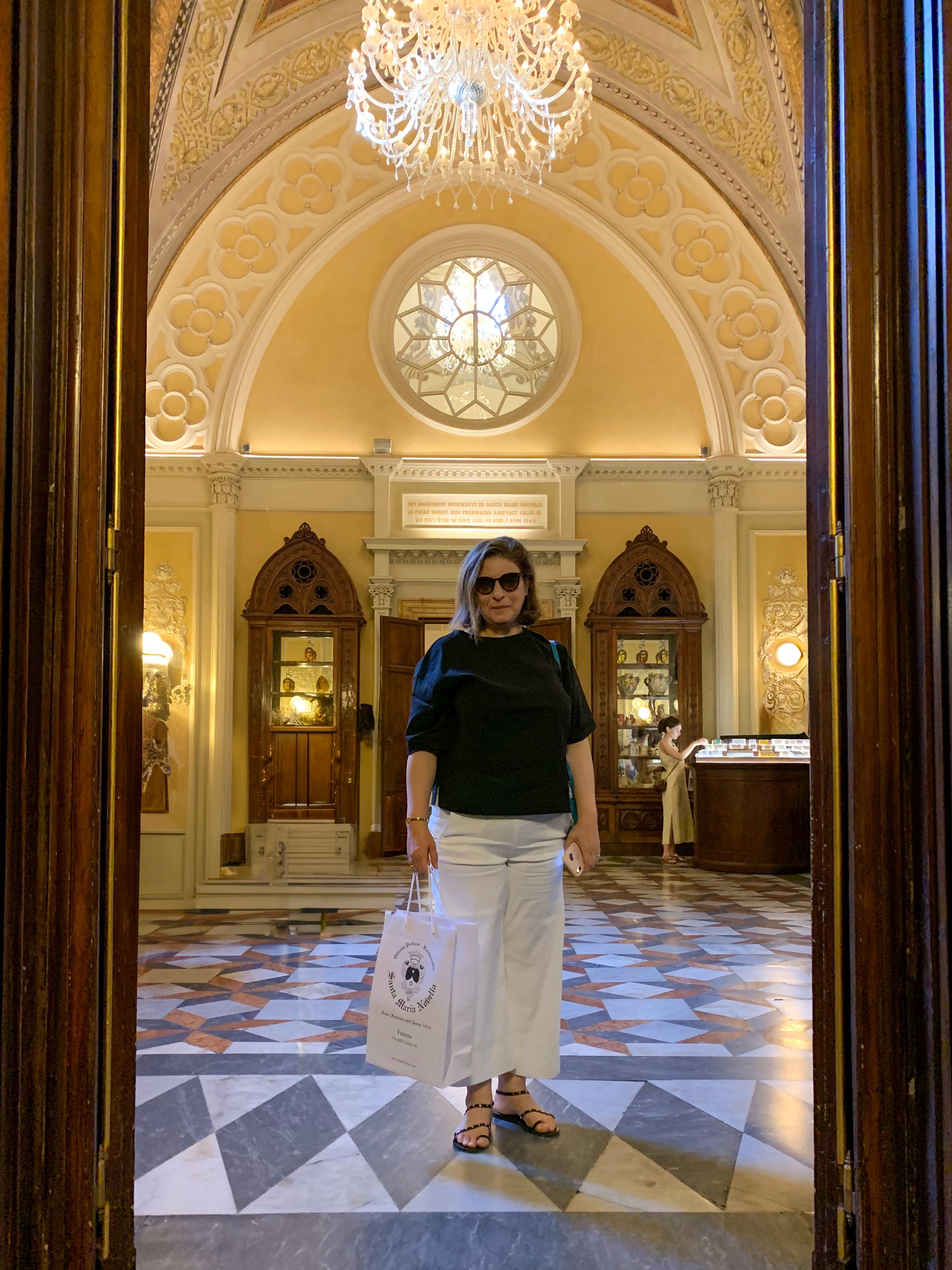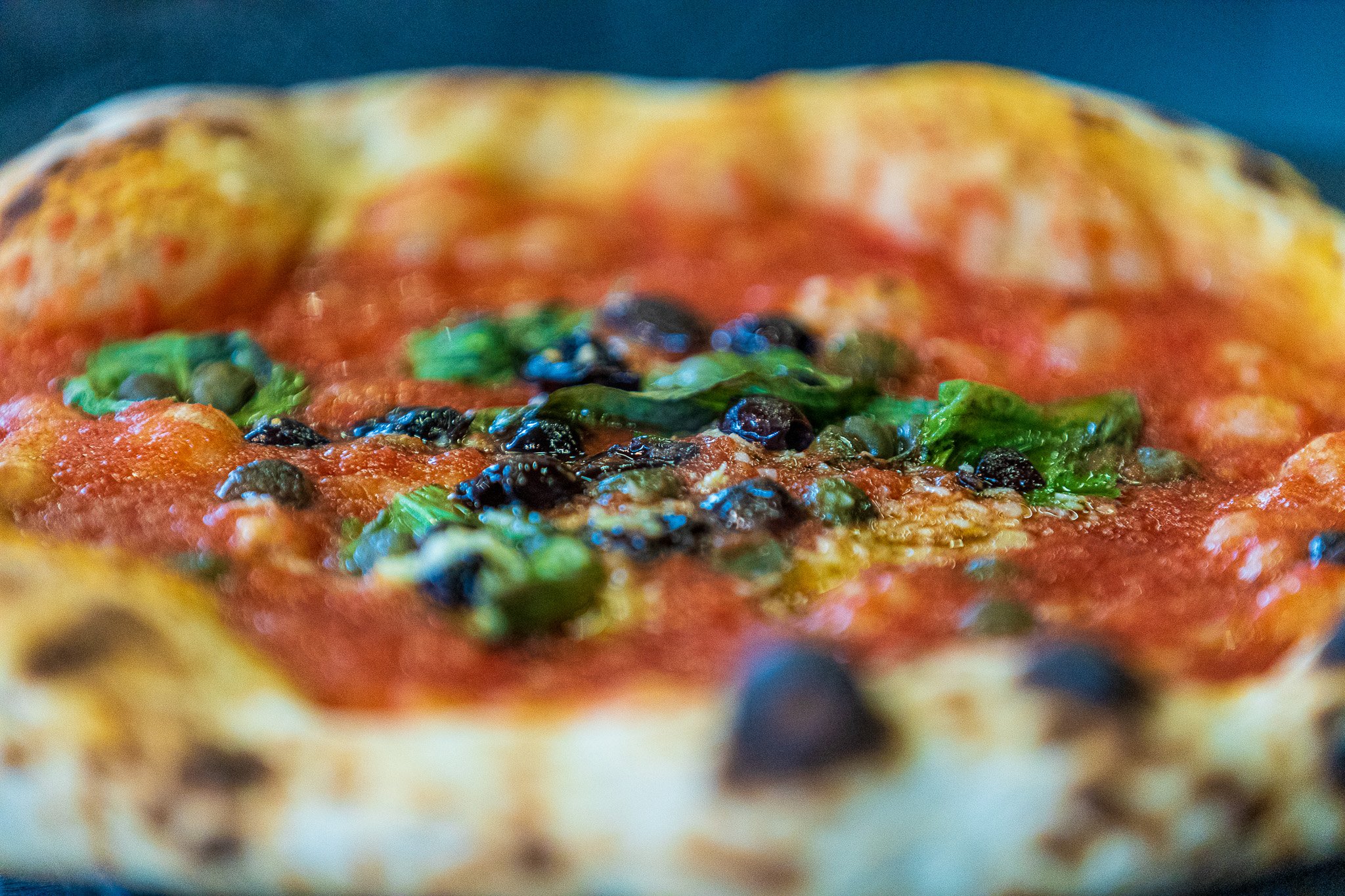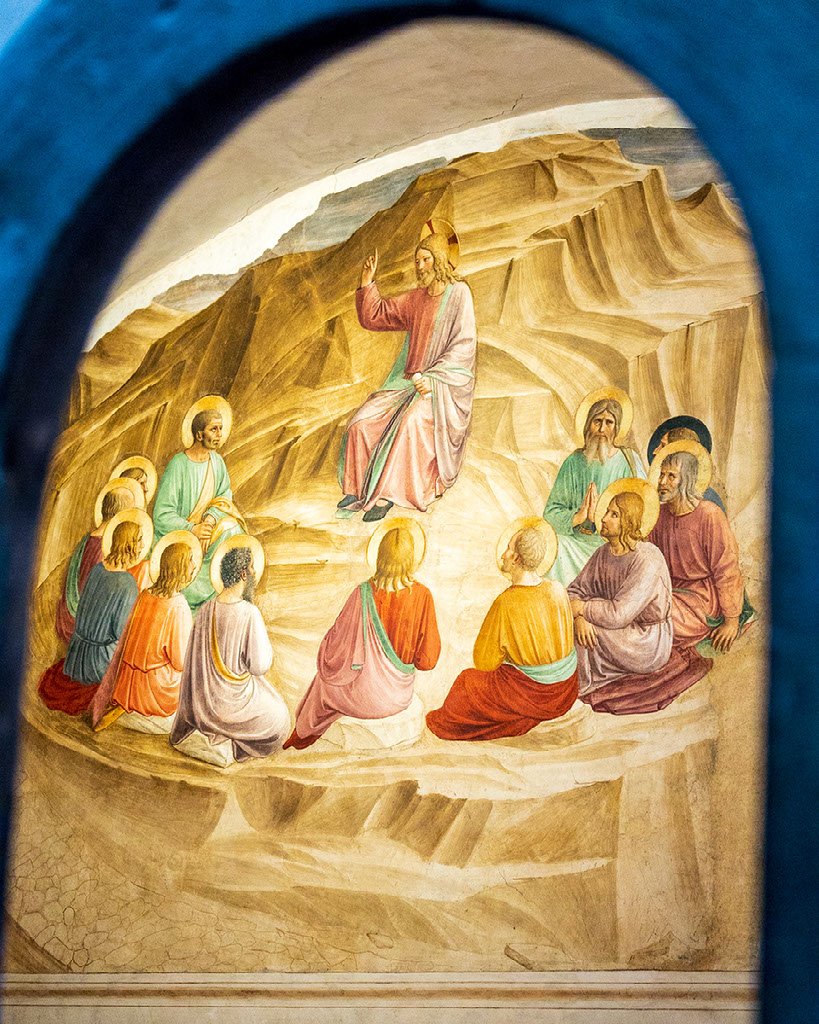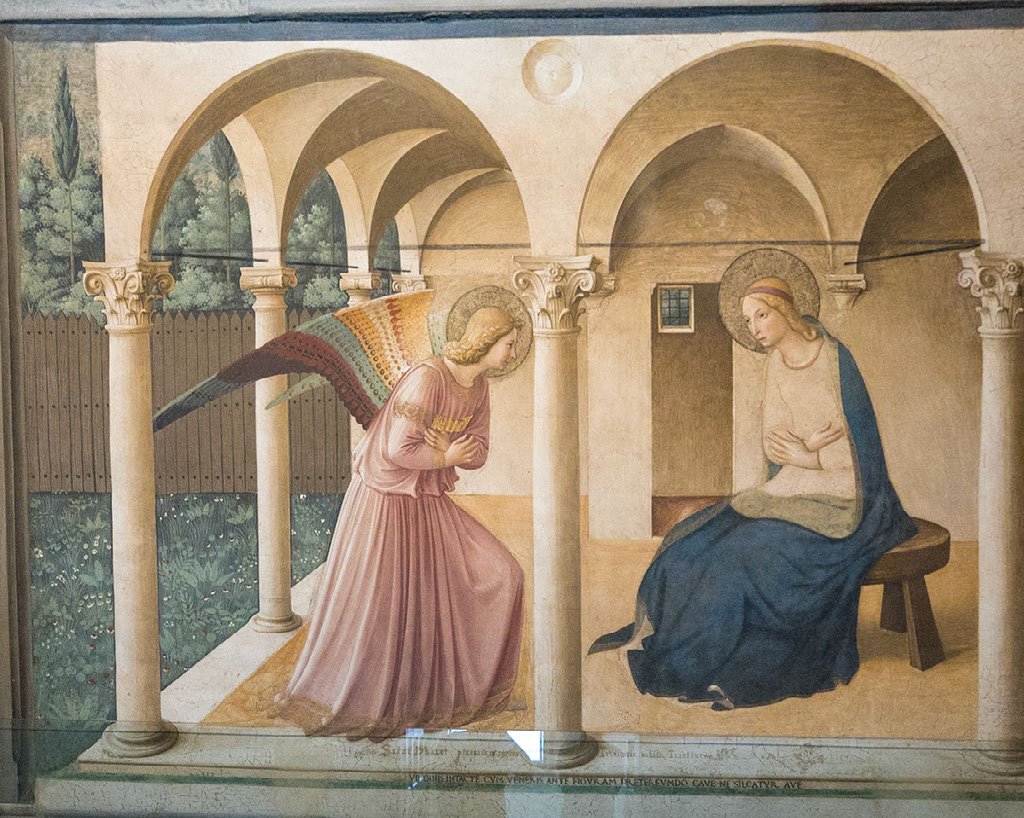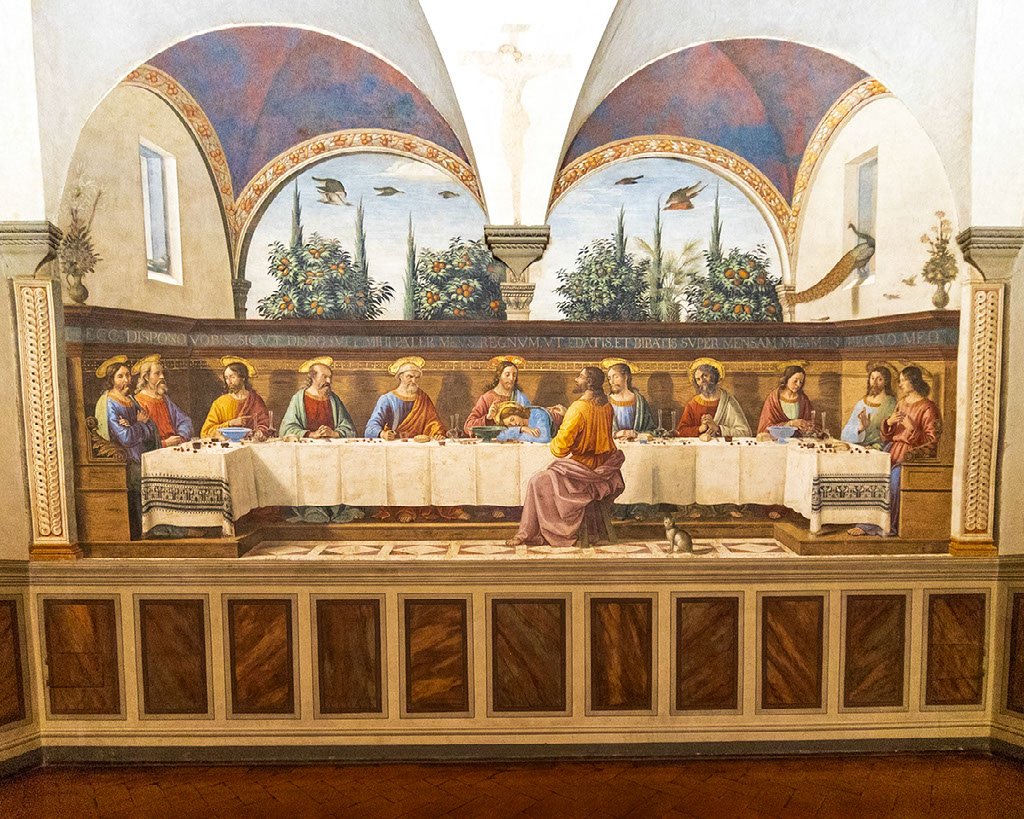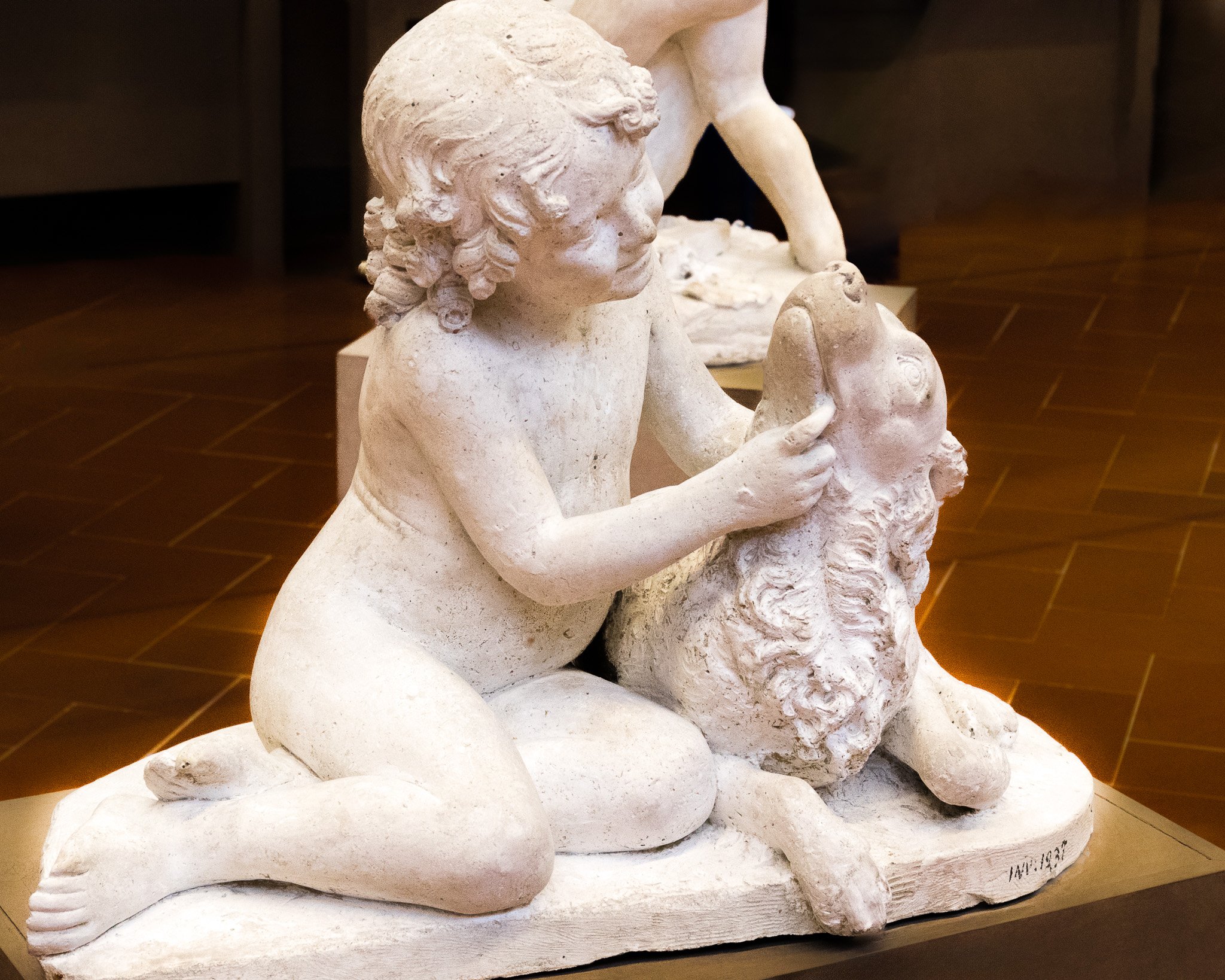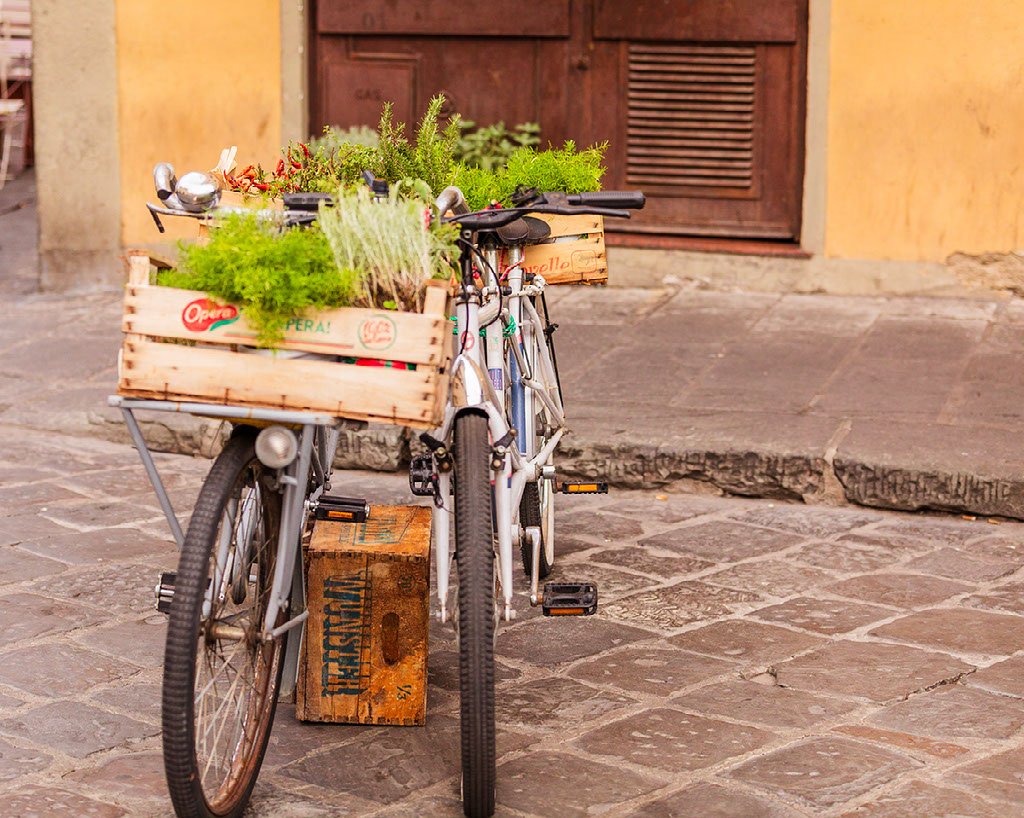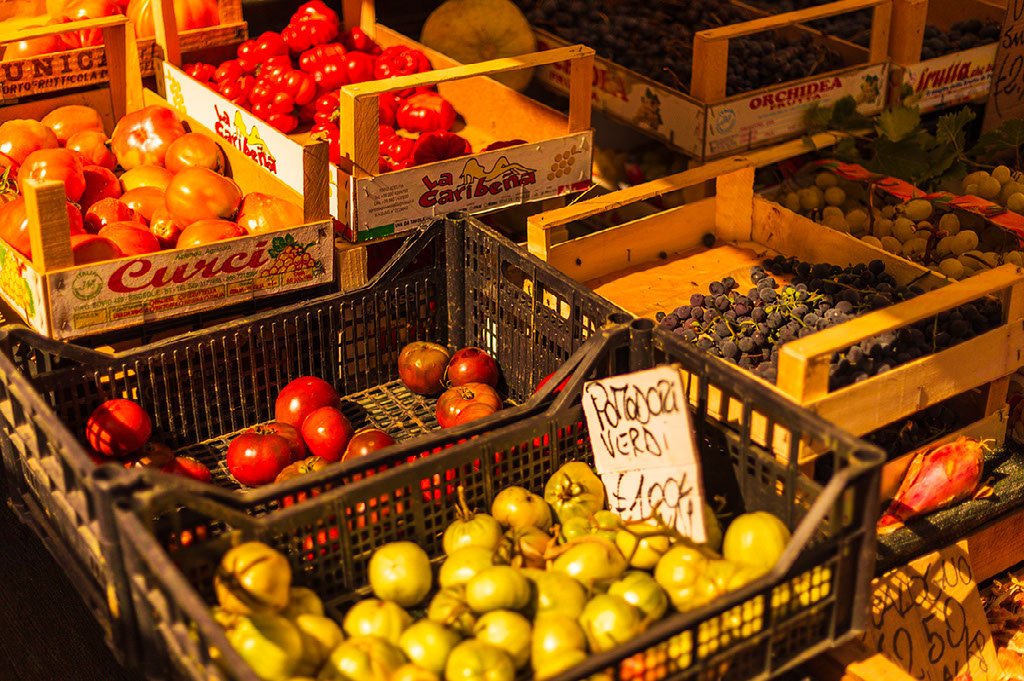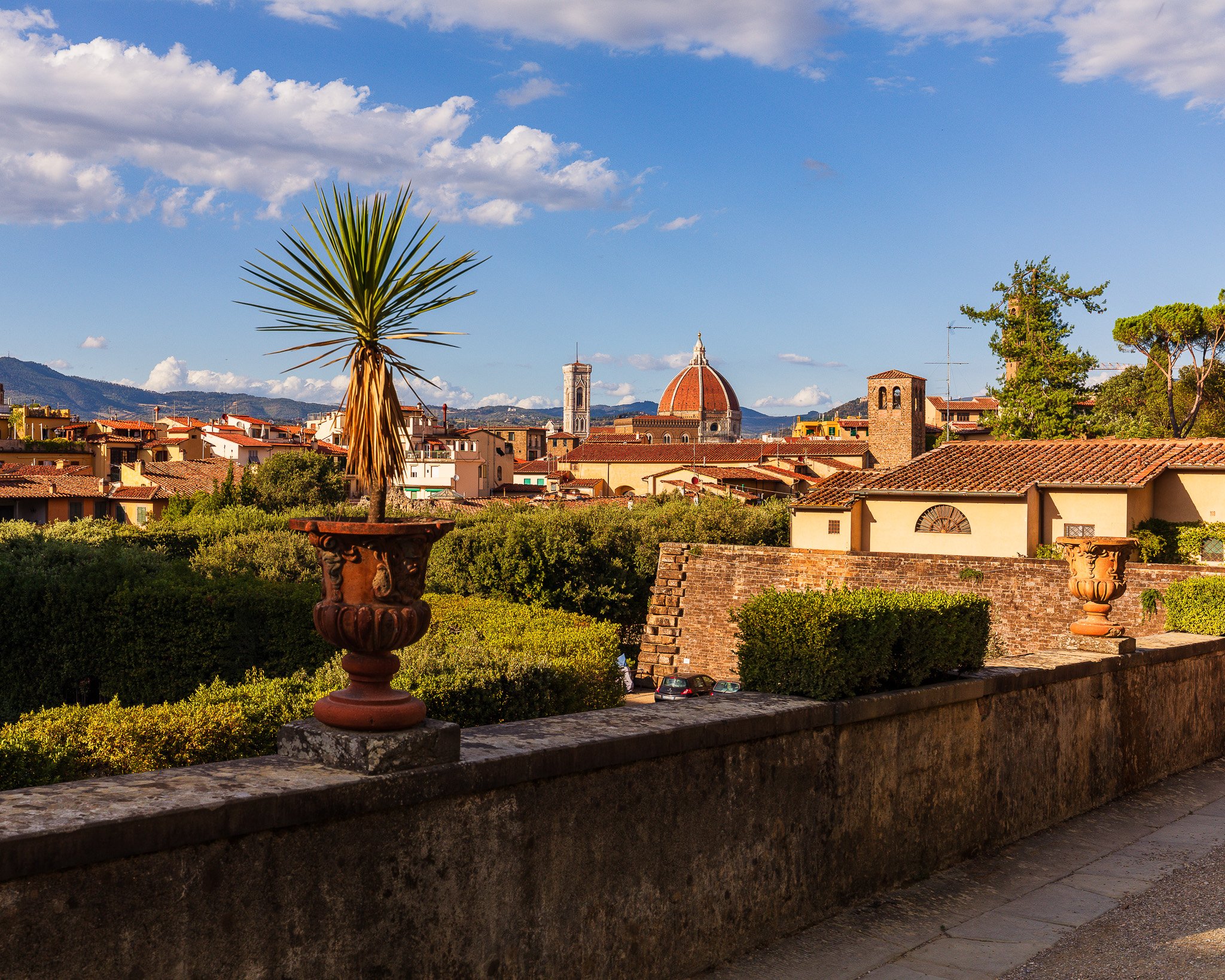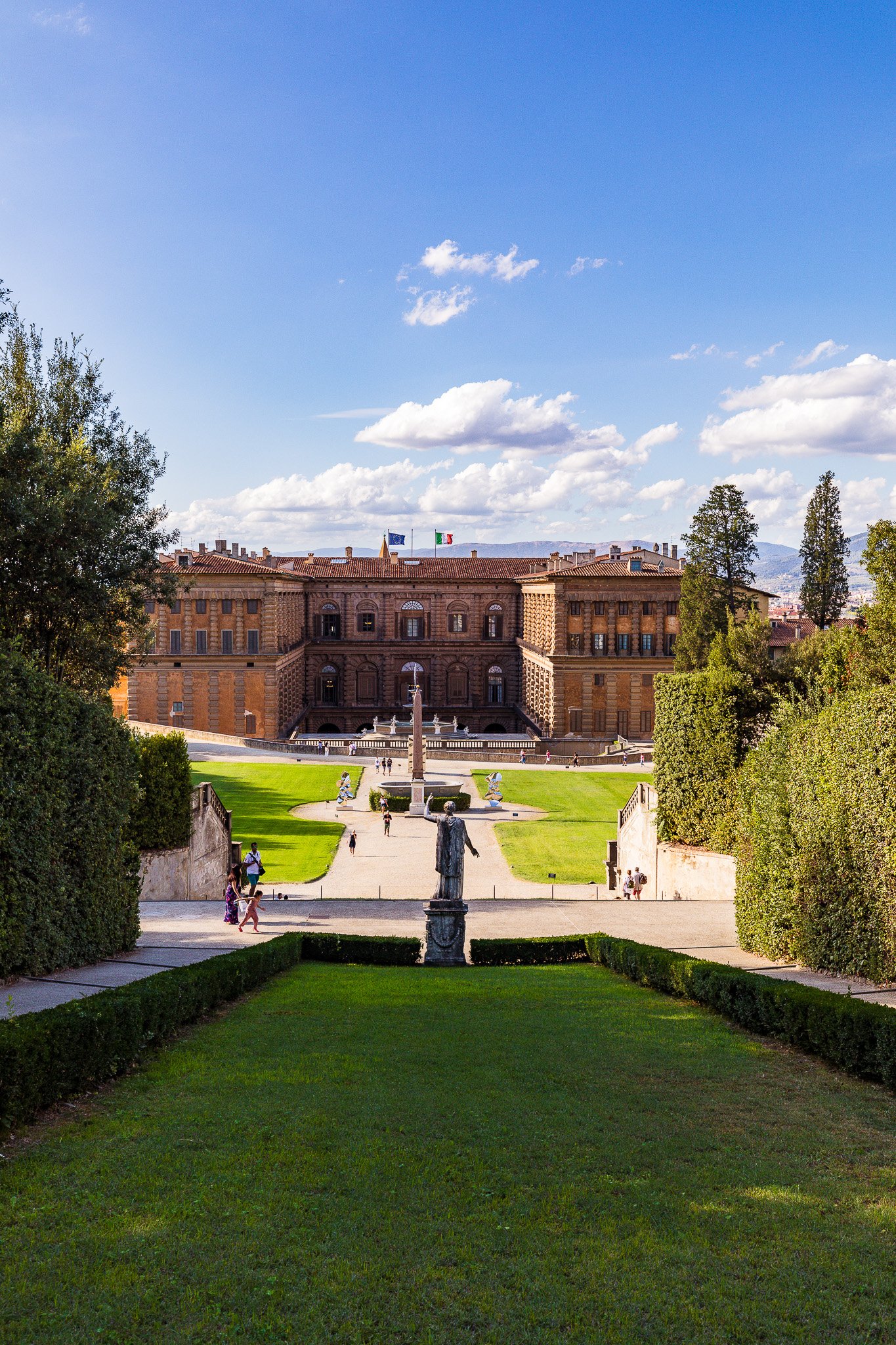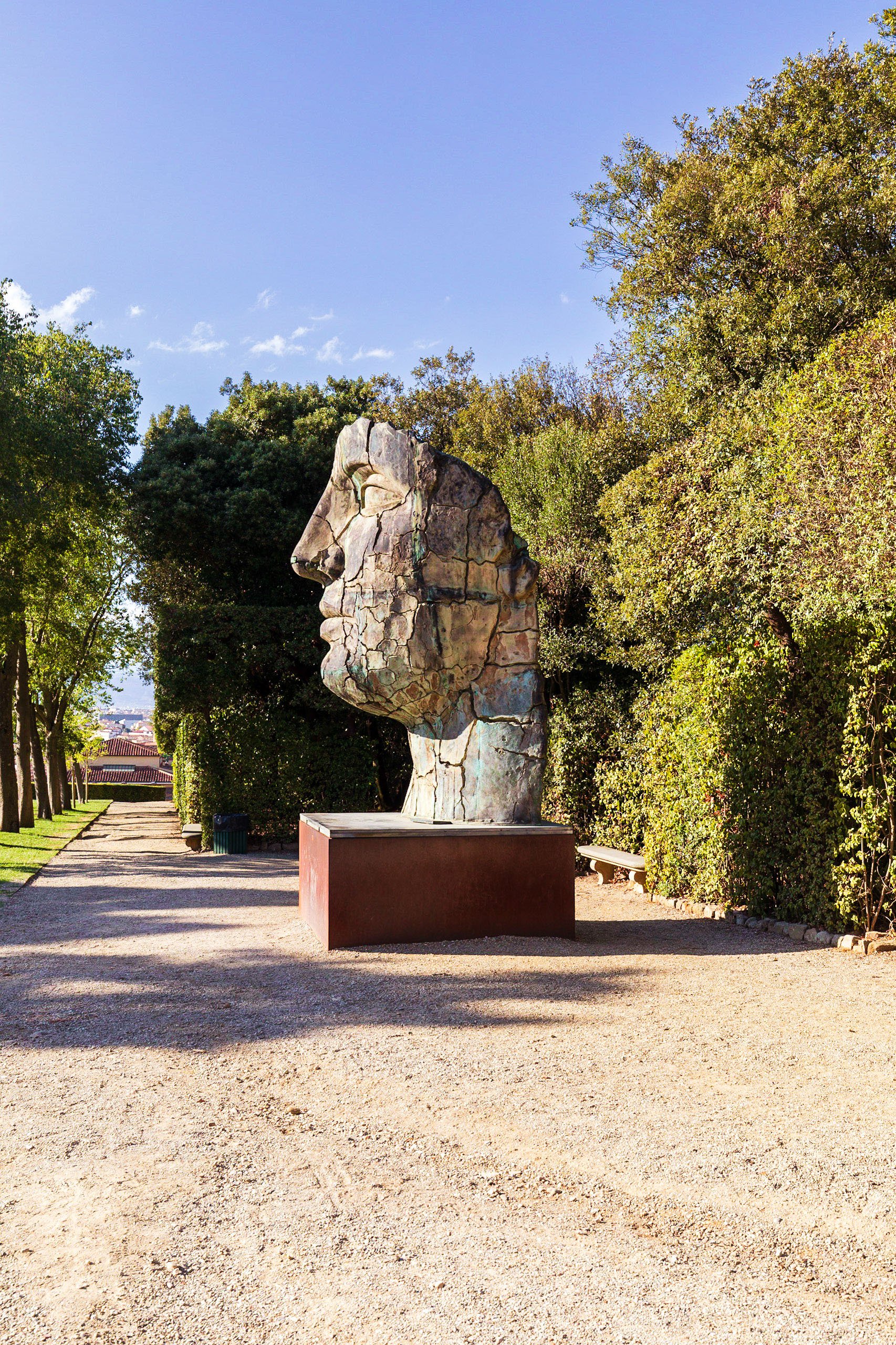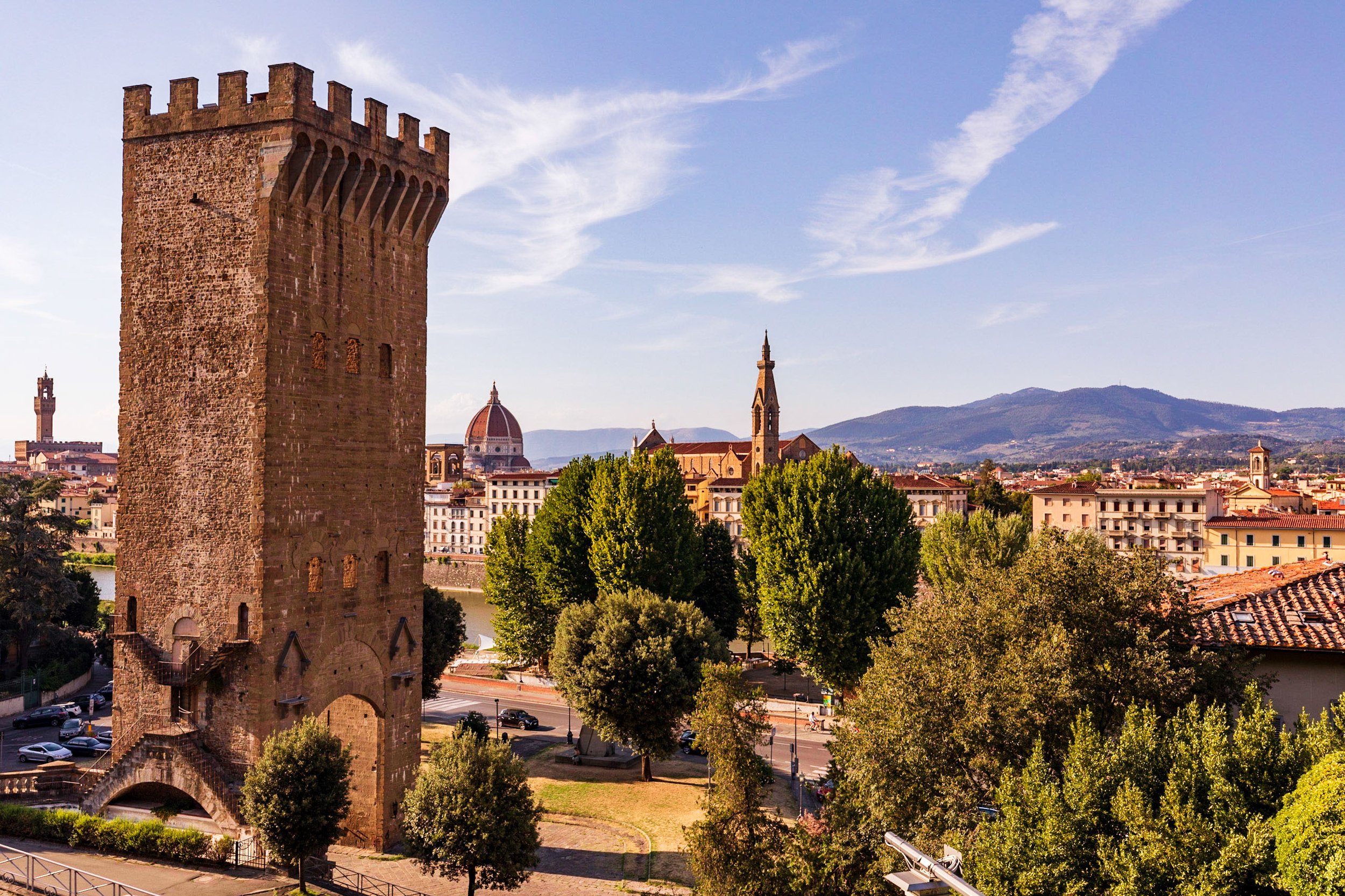My PHOTOGRAPHY & TRAVEL GUIDE TO FLORENCE, ITALY
What always surprises me about Florence is the way the city reveals itself gradually — through the aroma of espresso drifting from a tucked-away café, or the way the Arno glows at golden hour while pigeons sweep past the Duomo. One morning, I stood alone on the Ponte Vecchio just as the sun cleared the rooftops. The silence was complete, except for the soft creak of shop shutters opening, as I watched an older gentleman effortlessly rowing down the Arno. In that moment, I understood why some people never leave.
Florence is one of my favorite cities in Italy. The city has drawn me back time and again. Often considered one of the most beautiful cities in both Italy and the world, Florence has so many stunning locations. The combination of impressive Renaissance architecture, breathtaking art, food, and beautiful light creates incredible photography opportunities.
It is also a city that shaped the course of art and thought. It’s the birthplace of the Renaissance and home to the works of Michelangelo, Botticelli, and Brunelleschi. But it’s also a place where local butchers still hand out free crostini, and nonnas hang laundry between Renaissance-era windows. The contrast is what makes it fascinating.
Sunrise at the Duomo
As a photographer, I’m drawn to Florence’s textures — peeling paint on palazzo walls, glowing terracotta rooftops, and marble facades that shift color with the day’s light. There’s visual drama in its alleyways and symmetry in its piazzas. Whether you’re shooting with a DSLR or just your phone, Florence will stretch your eye and slow your pace — in the best way.
In this guide, I’ll walk you through my favorite corners of Florence — the unforgettable views, cozy cafés, memorable meals, and quiet alleys that reveal the city’s true magic. Whether you’re traveling with a mirrorless camera or just your phone, you’ll find inspiration, practical tips, and plenty of ideas to help you experience Florence through all your senses.. Whether it’s your first time or your fifth, Florence will give you something new to see — if you know where to look.
How to Get to Florence
Florence is surprisingly easy to reach, whether you're arriving from elsewhere in Italy or flying in from abroad. The city’s airport, Florence Peretola Airport (FLR), is small but well-connected, especially via hubs like Rome, Milan, and major European cities. From the airport, it’s about a 20-minute taxi ride or a short tram ride into the city center.
If you're coming by train, which I often recommend for photographers, Santa Maria Novella Station is right in the heart of Florence. It’s well-connected to Rome, Venice, Milan, and even smaller Tuscan towns like Pisa and Lucca. The high-speed trains (Frecciarossa and Italo) are fast, scenic, and drop you right into the action.
Driving in? Think twice. Parking is scarce, and most of the historic center is a restricted traffic zone (ZTL). ZTL in Italy stands for "Zona a Traffico Limitato", or Limited Traffic Zone. These are restricted areas, typically located in historic city centers like Florence, where access by car is limited to specific vehicles (such as residents, taxis, or delivery vans) and is only permitted during certain hours. If you enter the area without a permit, you will be subject to a fine. That’s why I usually recommend skipping the rental car unless you’re headed out to the countryside.
When to Go?
Spring (April–May): Soft light, blooming wisteria, and fewer crowds. Crisp shadows and clean skies.
Summer (June–August): Warm sunsets, longer days, but intense midday sun. Shoot early or late.
Fall (September–October): My personal favorite. Warm hues, golden vineyards, fewer tourists. Florence feels slower.
Winter (December–February): Moody fog, festive lights, and dreamy morning haze. Bundle up, but it’s worth it.
Each season offers a different color palette. Autumn offers the richest tones; winter is great for black-and-white or high contrast.
My Wife Looking at the Ponte Vecchio
Where to Stay in Florence, Italy
We have visited Florence many times and stayed all over the city. Here’s a quick summary of Florence’s neighborhoods.
Best Neighborhoods:
Oltrarno: Artisan-filled, less touristy, and full of textured light and quiet morning lanes.
Santa Croce: Walkable and central, with a mix of local life and grand architecture.
Near the Duomo: For first-timers who want to be steps from sunrise shots at Florence’s most iconic sites.
The AdAstra has one of the largest private gardens in Europe
Luxury Hotels:
Four Seasons Hotel Firenze: Set in a 15th-century palace with a sprawling private garden. It’s a retreat within the city, and the morning light in the courtyard is a dream. The grounds are stunning.
Hotel Lungarno: Stylish, riverfront hotel owned by the Ferragamo family. Incredible views of the Arno and Ponte Vecchio, especially from the dining terrace. The location cannot be beat.
Il Salviatino: A restored Renaissance villa in the hills just outside Florence, perfect for sunset shots of the city skyline and peaceful garden scenes.
Hotel Brunelleschi: Offers stunning views of the Duomo from select rooms and a central location for early morning walks.
Villa Cora: Just outside the old city walls, with refined interiors, gardens, and golden hour light filtering through cypress trees.
Portrait Firenze: Overlooks the Arno and Ponte Vecchio — the reflections at blue hour are magic.
Boutique/Mid-Range:
Hotel Davanzati: Family-run, central, and perfect for stepping out with your camera at first light.
Soprarno Suites: Right in Oltrarno, artistic rooms and a short walk to lesser-known photo gems.
AdAstra Hotel: Feels like staying in a Florentine noble’s home — also great light and angles throughout.
The view from Hotel Lungarno at breakfast--I mean, come on, how good is this view? The Hotel Lungarno is literally steps from the iconic Ponte Vecchio.
Hotel Lungarno at Breakfast
Ideal Duration and Sample Itinerary
One thing I always tell people: Florence rewards those who linger. After enough mornings here, you start to notice the small rituals — like the man in Oltrarno who walks his pug at the same time every day past the same shuttered bakery. Or how the light bounces off the Baptistery doors just before noon in winter, giving them a golden shimmer that barely lasts five minutes.
If you're in the know, you’ll skip the crowds on the Ponte Vecchio and take the narrow corridor behind it — the Vasari Corridor — just to catch the odd silence that lingers in its shadow. Or you'll time your visit to the rose garden just below Piazzale Michelangelo in mid-May, when the blooms peak, and you might just have it all to yourself before 8 a.m.
Recommended Stay: 4–6 days gives you time to explore, revisit favorite spots in different light, and not feel rushed.
Sample Itinerary:
Day 1: Arrival, golden hour walk from Piazza Michelangelo to the Arno, sunset photos over the city.
Day 2: Early morning shoot at the Duomo, coffee at Ditta Artigianale, then explore the Uffizi courtyard and Ponte Vecchio. Night shots in Piazza della Signoria.
Day 3: Cross to Oltrarno, visit artisan shops, photograph street life and quiet corners. Evening at Santo Spirito.
Day 4: Day trip to Fiesole or Chianti for Tuscan countryside shots.
Day 5: Revisit favorite locations in different light, explore hidden courtyards near Santa Croce.
Smartphone vs. DSLR Moments:
Phones shine in cozy interiors and quick street candids. Use Night Mode and Portrait Mode in cafés.
Bring your bigger camera for dawn Duomo shots, long exposures at the Arno, and architectural detail work.
Sunset on the Arno
Getting Around Florence
Florence is wonderfully walkable — most of the best experiences happen on foot.
Metro/Uber? None needed. Florence is compact.
Public Buses: Rarely useful for photography-focused travelers.
Bikes: Fun, but be cautious in narrow lanes.
Navigo-style option? Florence’s paperless ticket system works with buses, but I’ve rarely used it.
Be aware: some streets are cobbled and uneven. Use a small crossbody bag or backpack with good support, especially if you're carrying snacks, water, or souvenirs. Be cautious in crowded areas like Piazza del Duomo and the San Lorenzo markets, which are known pickpocket zones.. Don’t flash your gear in crowded areas — Piazza del Duomo and San Lorenzo markets are pickpocket hotspots.
Where to Eat in Florence
Florence is as much a feast for your taste buds as it is for your lens. The food here is soulful, rustic, and deeply tied to its landscape — think crusty bread soaked in olive oil, bright tomatoes, and hearty pastas served in candlelit trattorias. Tuscan cuisine is built on simplicity, with every ingredient speaking for itself. And let’s be honest: you haven’t truly experienced Florence until you’ve photographed (and eaten) a plate of pici cacio e pepe or a perfectly charred bistecca alla Fiorentina.
The restaurant scene has dramatically changed in Florence over the past few years. While there are plenty of options for Italian cuisine, you will now see cuisines from all over the world. I usually prefer the family-run trattorias, but there are options in every price range. For the meat eaters, do not miss the chance to try the “bistecca alla Fiorentina.”
Restaurants
Here are a few of our favorites:
Mercato Centrale Firenze - Food hall with every Tuscan specialty. Great for people-watching shots.
Osteria dell’Enoteca,
Cantinetta Antinori,
Trattoria Cibrèo,
Osteria del Pavone,
Trattoria Sabatino
La Vecchia Bettola
Trattoria Cammillo - Tradition meets elegance. Also great light by the windows at lunch.
Procacci 1885
Locale (an incredible Bar)
Pizzeria Giovanni Santarpia
Obicà Mozzarella Bar - Firenze
Cafes
There are also lots of wonderful cafes in Florence - here are a few of my favorites:
Ditta Artigianale Oltrarno (My favorite)
All’Antico Vinaio (A MUST)
Caffè Gilli
Melaleuca (Santa Croce)
Le Vespe
Caffè Cibrèo
Caffe Concerto Paszkowski (a classic)
Cafe Ditta Artigianale Oltrarno
One fun new place we recently discovered is Vivoli. It has become a bit of an Instagram hot spot because they make an affogato with a twist. They place vanilla ice cream in a coffee cup and then add hot espresso.
Vivoli —this is delicious
Gelato
Of course, you have to try the gelato. Gelato that is brightly colored and stacked high is most likely made with all sorts of preservatives. Gelato, when served outside of a cool container (like stainless steel bins you’ll see at a quality Gelateria), without preservatives and chemicals, would just melt.
The best gelato is made with simple ingredients (milk, sugar, and fruits or chocolate) and doesn’t include preservatives, chemicals, artificial colors, or artificial flavors.
Here are some good gelaterias;
Gelateria La Carraia (Piazza Sauro, 25r)
Perchè No! (via dei Tavolini, 19r.)
Gelateria de’ Medici (Piazza Beccaria, 7r.)
Grom (via del Campanile, 2)
My Sugar (via dei Neri, 9/11r.)
Photography Gear
Florence rewards slow travel and careful observation. Whether you’re shooting with a mirrorless camera or just your phone, having the right tools can help you capture the way light falls on stone, the rich detail in sculpture, or quiet moments in a café window.
If you're carrying a mirrorless camera, I usually pack light: a 24–70mm or 35mm prime lens is perfect for street scenes, architecture, and interiors. A 70–200mm lens is a great option for compressing views or capturing details from afar. I also bring a compact tripod for evening shots and long exposures, and an ND filter for shooting the Arno in bright light. Don't forget extra batteries and a few lens wipes — Florence can be dusty, especially in summer.
For phone photography, make use of features like Portrait Mode for street portraits and statues, Night Mode for dinner scenes, and the wide lens for sweeping piazzas. I recommend Lightroom Mobile or Snapseed for quick edits on the go. A small phone tripod or clamp mount helps with steady low-light shots, and a portable power bank is essential — your camera roll will fill up fast.
I would also bring a Tripod and ND filters since the city is really fun to capture at night.
Best Places to Photograph In Florence
You could spend weeks in Florence and still discover new corners worth photographing. What I love most is how the light transforms familiar places hour by hour. A piazza that feels flat at noon can turn into a stage set by golden hour. These are the places I return to again and again — not just because they’re beautiful, but because they offer new compositions every time. Whether you’re drawn to sweeping skyline views or intimate architectural details, this city gives you both.
Piazzale Michelangelo
This is the best place in Florence to take a sunset photo. From this vantage point, you can capture the best view of Florence. You will be able to capture Santa Croce, the Ponte Vecchio, the Duomo, the Palazzo Vecchio, the Bargello, and the octagonal bell tower of the Badia Fiorentina. Beyond the city are the hills of Fiesole.
Pro Tip: Use a telephoto to frame the Duomo between cypress branches.
iPhone Tip: Arrive 45 minutes before sunset for soft colors and fewer crowds.
The Best Viewpoint in Florence
Walking the Streets of Florence
My favorite photos are oftentimes taken while walking the streets of a new city and capturing people and moments that bring the city alive.
Looking for Reflections
I love looking for reflections. Many times, when a location is very crowded, a reflection is a wonderful way to capture a moment like these 2 nuns walking in front of the Duomo.
Walking along the Arno River by the Ponte Vecchio
One of my favorite areas for photography is to walk along the Arno River in the early morning. You will capture beautiful scenes as the light changes.
And at night, you can get some great shots with beautiful reflections.
Palazzo Vecchio
The 94-meter tower overlooks Piazza della Signoria, which features a copy of Michelangelo's David statue, as well as the gallery of statues in the adjacent Loggia dei Lanzi. The Loggia is effectively an open-air sculpture gallery of antique and Renaissance art, including the Medici lions. It’s also the office of the Mayor of Florence. The best time to photograph Palazzo Vecchio and Piazza della Signoria is early in the morning, before the crowds arrive.
Pro Tip: Shoot from the nearby Ponte Santa Trinita for the best angle.
iPhone Tip: Use Live Mode and pick the best frame.
From the Piazzale Michelangelo, you can get a beautiful photo at night.
Blue Hour
Piazzale degli Uffizi
The “Uffizi” needs no introduction. It is one of the most important and most visited museums in Italy. A visit to the Uffizi is a must, but it’s essential to purchase your tickets in advance to avoid wasting time in the long lines. It, of course, holds an extensive collection of priceless works of art, particularly from the Italian Renaissance period.
Ponte Vecchio
Perhaps the symbol of Florence. It is the most famous bridge in Florence, spanning the Arno River. The best photo opportunities are early morning or during the blue hour when the bridge is empty.
A classic shot is to photograph an empty bridge with the top of the Duomo in the background. At night, you can shoot amazing sunset shots from the bridge.
Ponte Santa Trinita
The Ponte Santa Trìnita is the oldest elliptic arch bridge in the world, characterized by three flattened ellipses. You can see a lot of wedding photographers on the bridge.
The Duomo
Another symbol of Florence. Virtually every photo you see of Florence includes a photo of the Duomo. It is the main cathedral. If you are brave and in good shape, you can climb the 463 steps to Giotto’s Bell Tower. But don’t do it if you are claustrophobic!!
Blue Hour
The Duomo was completed in 1436, with the dome designed by Filippo Brunelleschi. The best time to capture photos of the entire Duomo is either very early in the morning, before the crowds, or late at night.
The crown jewel of Florence is, without doubt, the Cathedral of Santa Maria del Fiore. This beautiful cathedral comprises three distinct sections, each representing a great Florence photo spot with unique photography opportunities: the cathedral itself, Giotto’s Bell Tower, and the iconic Brunelleschi’s Dome.
Riccardi Medici Palace
The first Medici palace was the workplace of artists such as Donatello, Michelangelo, Paolo Uccello, Benozzo Gozzoli, and Botticelli. It is the Renaissance house… where it all began. Visiting the Palace only takes about 30 minutes, so it’s a quick and easy visit. When you are finished with your visit, there is another great gelateria close by called My Sugar Firenze.
Piazza di Santa Croce
It is located near Piazza della Signoria and takes its name from the Basilica of Santa Croce that overlooks the square. The most notable features of the basilica are its sixteen chapels, many of them decorated with frescoes by Giotto and his pupils. It is the burial place of many of the most famous Italians, such as Michelangelo, Machiavelli, Enrico Fermi, Galileo, Marconi, etc.
Santa Maria Novella Pharmacy
A visit to Florence is not complete without a visit to Officina Profumo-Farmaceutica di Santa Maria Novella. They have been making perfumes since 1381. The building is just gorgeous.
Mercato Centrale Firenze
It is a wonderful food market near Mercato di San Lorenzo. On the second floor, you will find dozens of small food vendors that make delicious pizza, pasta, panini, and all sorts of other items. You can also buy all sorts of Italian specialties like Truffles.
San Marco Museum
San Marco should not be missed. It includes a church and a convent, which is now the Museo Nazionale di San Marco. The main attraction is to see the paintings of Fra Angelico.
Galleria del’Accademia—
The "Gallery of the Academy of Florence" is one of the main attractions in Florence, and it is recommended to purchase tickets online in advance. It is, of course, best known for housing Michelangelo's sculpture, David. There is also a sculpture room next to the Statue of David, where you will find one of my favorite sculptures, “The Girl and Her Dog.”
Westin Excelsior Hotel Rooftop & Grand Hotel Baglioni
Both hotels feature fantastic rooftop terraces, offering incredible city views. There is a bar on the top of the Westin, where you can enjoy a drink and watch an amazing sunset.
Piazza Santo Spirito
For those who truly want to know the real Florence, where the Florentines reside, a trip to the Oltrarno area is a must. The ”Oltrarno” is the area on the other side of the Arno River (the side opposite of the river to the Duomo). This area encompasses the Santo Spirito district, the Florentine equivalent of the rive gauche, or left bank. In the Oltrarno, you will find local artists, small coffee shops, and wonderful restaurants.
The Pitti Palace & Boboli Gardens
The original palazzo was built for the Pitti family in 1457, designed by Filippo Brunelleschi. In 1549, the property was sold to the Medici family and became their primary residence. Behind the palace lies the famous Boboli Gardens.
These gardens make up the largest green area in Florence. The park hosts centuries-old oak trees, sculptures, and fountains. It’s just a peaceful place to take a stroll.
San Niccolo Tower
The Tower of San Niccolò, built in 1324, was once part of a gate or porta for the former defensive walls of Florence. It is located in the Oltrarno on the way to the Piazzale Michelangelo.
Best Day Trips from Florence
If you have an extra day or two, Florence is a perfect base for exploring more of Tuscany. The train network is excellent, and several gems are just an hour or two away — ideal for a quick getaway with your camera. One of the most incredible drives in the world is the “Chiantigiana or SR 222”. It is a road that takes you around the entire Chianti area, from Florence to Siena. It's just one amazing view after another with plenty of places to stop and have something to eat or have gelato.
Fiesole: Just 20 minutes from Florence by bus, this quiet hillside town offers panoramic views of the city and Roman ruins. Come in the late afternoon for soft light over the skyline.
Pisa: Yes, it has the Leaning Tower, but go early or late to avoid crowds. The Camposanto and surrounding architecture offer surprising angles for photography beyond the cliché.
Lucca: One of Tuscany’s most photogenic small cities, with tree-lined walls you can walk or bike, quiet piazzas, and Renaissance charm. Great for golden hour street scenes.
Chianti Region: Rent a car for the day and drive through rolling vineyards, medieval villages, and sun-drenched fields. It’s Tuscan postcard material — and a dream for landscape photographers.
Siena: A little farther (about 1.5 hours), but worth the trip. Gothic architecture, rich colors, and the fan-shaped Piazza del Campo make for stunning photos, especially in low light.
San Gimignano: A medieval hill town known for its unforgettable skyline of stone towers. It’s often called the "Manhattan of the Middle Ages," and once you see the vertical silhouettes rising from the Tuscan countryside, you’ll understand why. Wander its cobbled streets, sip Vernaccia wine at a sunlit café, and climb the Torre Grossa for panoramic views of vineyards and tiled rooftops. It’s an easy day trip by car or with a guided bus tour from Florence.
San Gimignano
Festivals & Events Worth Photographing
Scoppio del Carro (Explosion of the Cart) — Easter Sunday
Visuals: Fireworks in broad daylight, a decorated cart, and crowds in full costume.
Photo Tip: Arrive early for front-row shots, and shoot in burst mode to catch the action.Festa di San Giovanni — June 24
Visuals: Evening fireworks over the Arno.
Photo Tip: Bring a tripod and scout your location by 7 p.m.Florentine Calcio Storico — June
Visuals: Historical reenactment meets rugby in Renaissance gear.
Etiquette: Respect the intense local pride — ask before photographing participants up close.
Final Thoughts
Florence is not a checklist city. It’s a slow burn. The longer you stay, the more you see — the kind of things that don’t show up on a map: a slant of afternoon light on worn stone, or a grandmother setting flowers on a windowsill above a gelato shop.
If this helped you plan your Florence photo trip — whether you shoot with an iPhone or a full kit — I’d love it if you shared it or tagged me in your shots. You can follow along on Instagram, Facebook, or sign up for my newsletter for more guides like this. And if you're dreaming of a photography workshop in Florence, click here to join the waitlist and be the first to know when it launches.



